As was the case for most of you, 2020 proved to be a difficult year for Cindy and I and one that afforded us very little time to do the things we really love to do. However, there were moments where we were able to break away from what we were doing, get out into the vast Northern Nevada Desert and do a little exploring. Unfortunately, these were unplanned, spur of the moment trips intended to get a grip of our sanity and so spending the extra time to film them was really, the last the we wanted to do. In fact, it was impossible to even make a post about what we had gone and what we had done or at least, until now. With that said, the following are a handful of photos that we took from one of the excursions we went on.
There had been a route I've been meaning to take for while now and mainly to check out a few mines Cindy and I hadn't been to before.
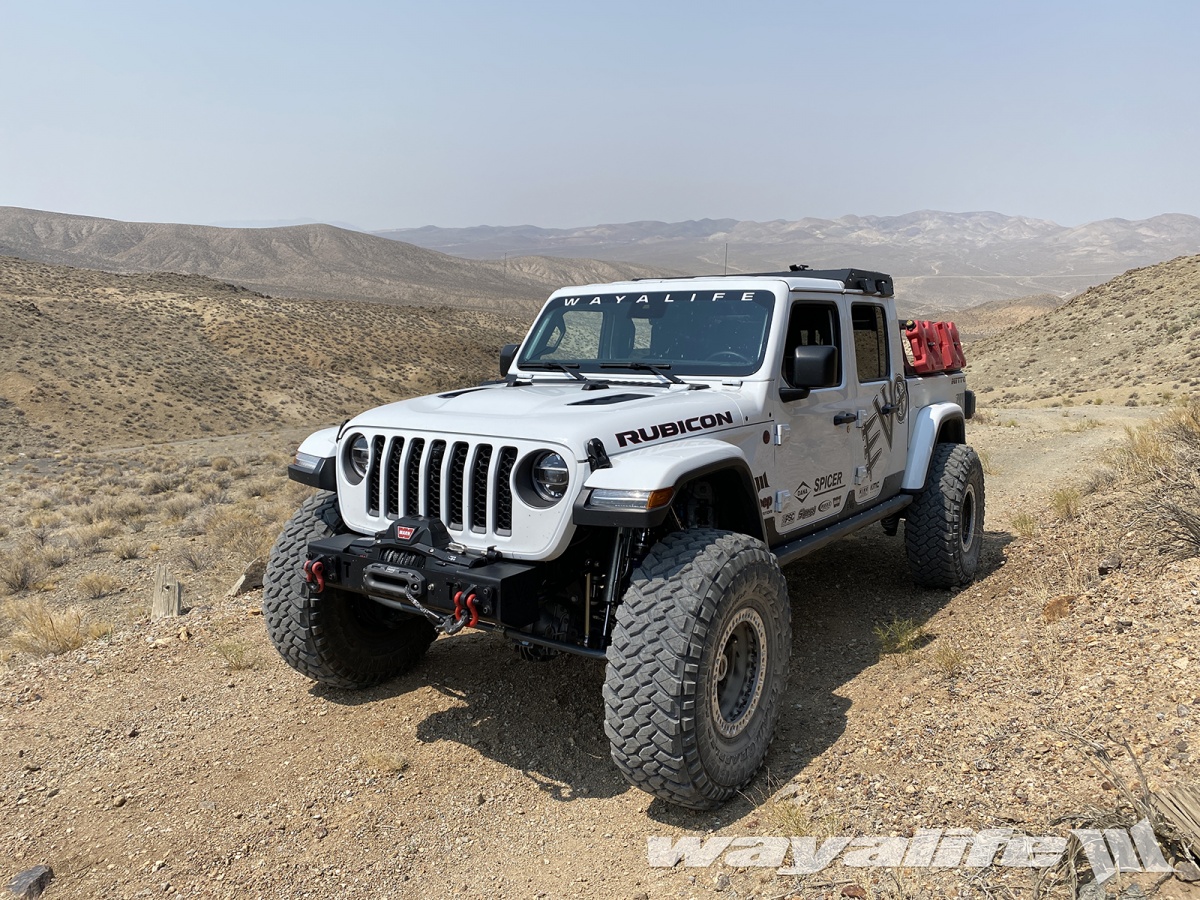
Here's a shot of us pulling up to the first of them in our Jeep Gladiator.
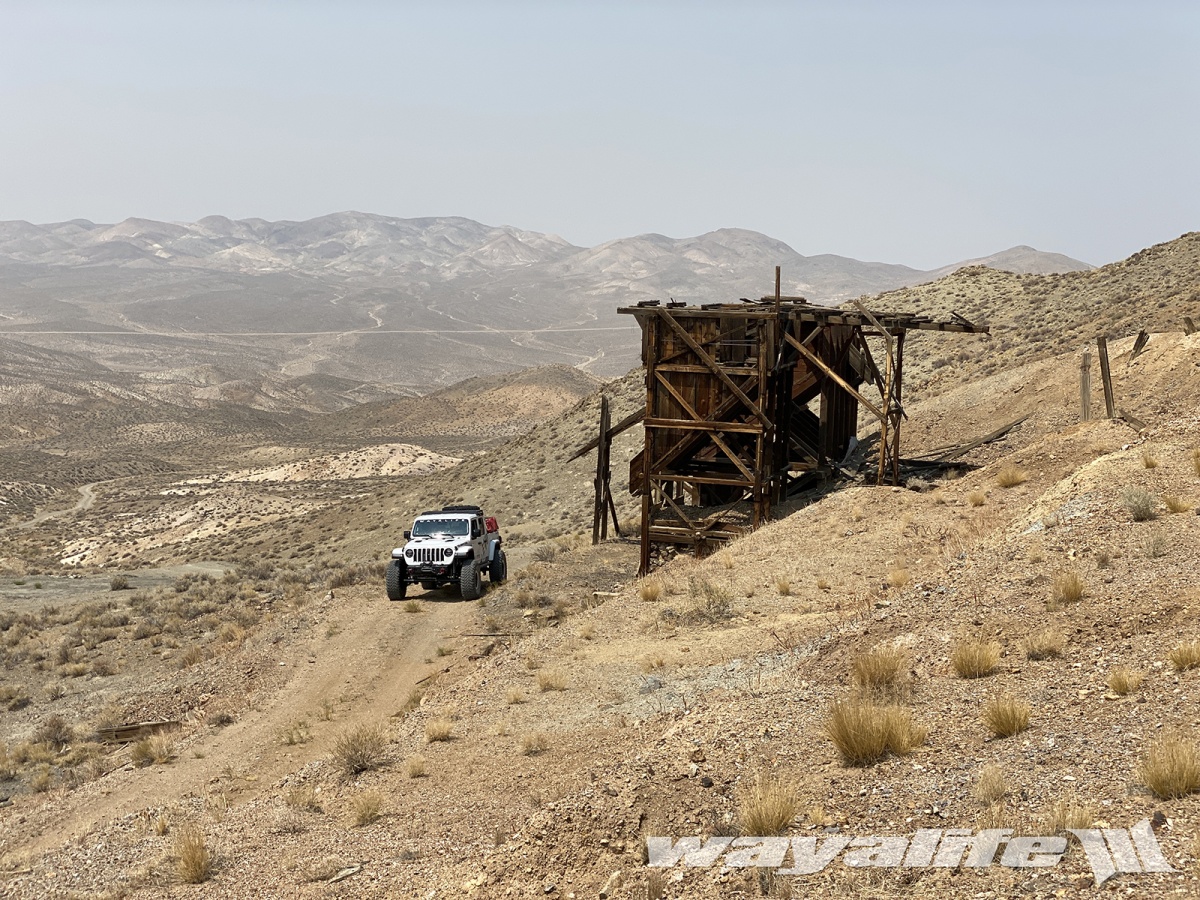
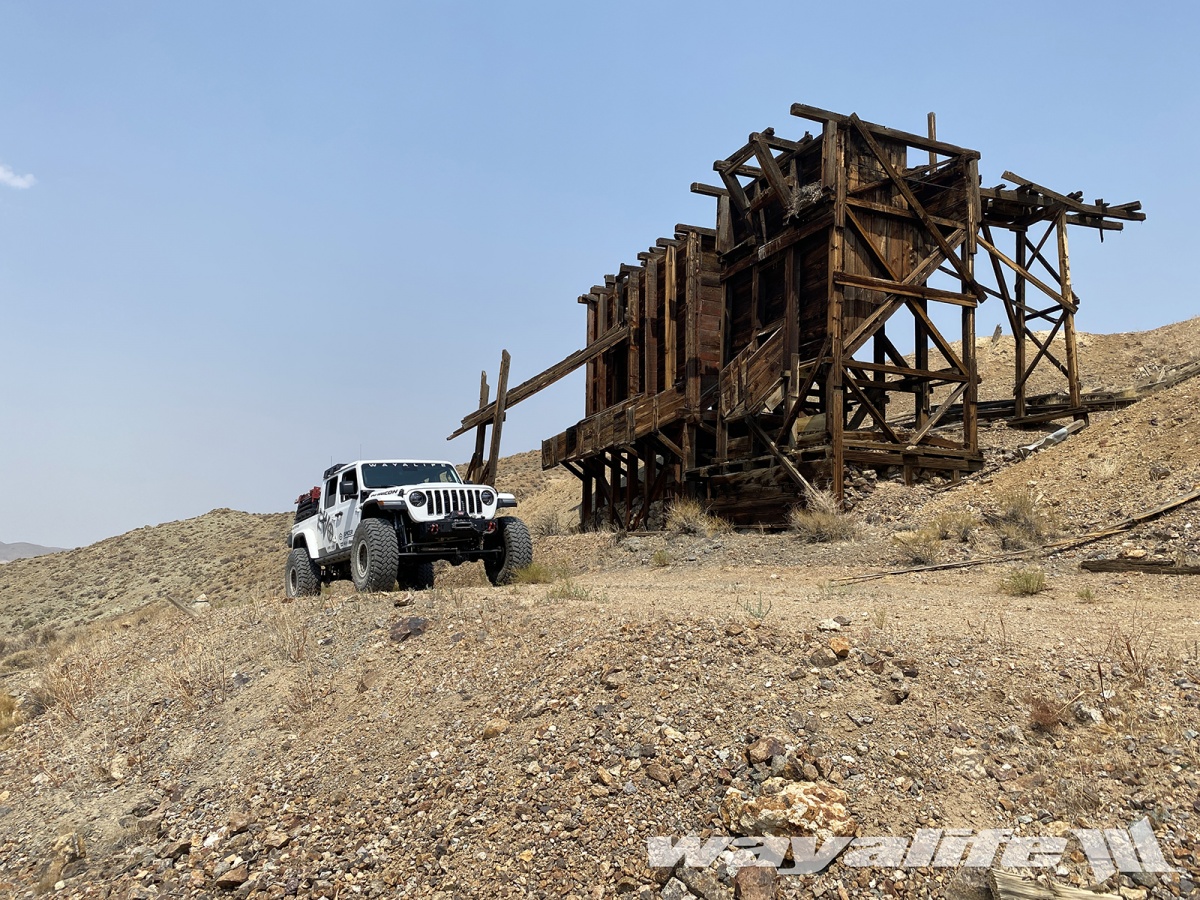
I always love seeing big old hoppers like this still standing.
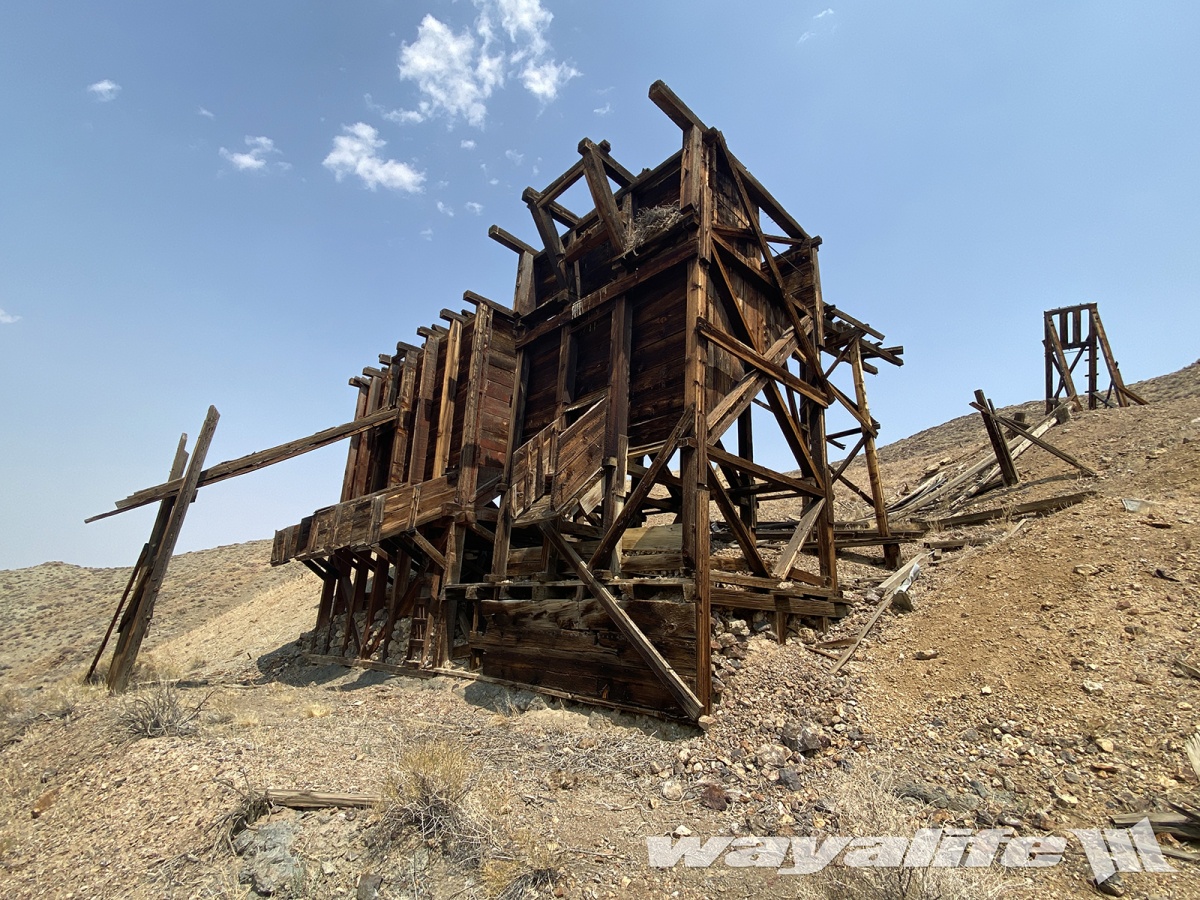
Pulling up to the main shaft where a headframe still exists next to a large corrugated steel structure that bears the name of the company that owns it, as well as a very large warning sign across it.
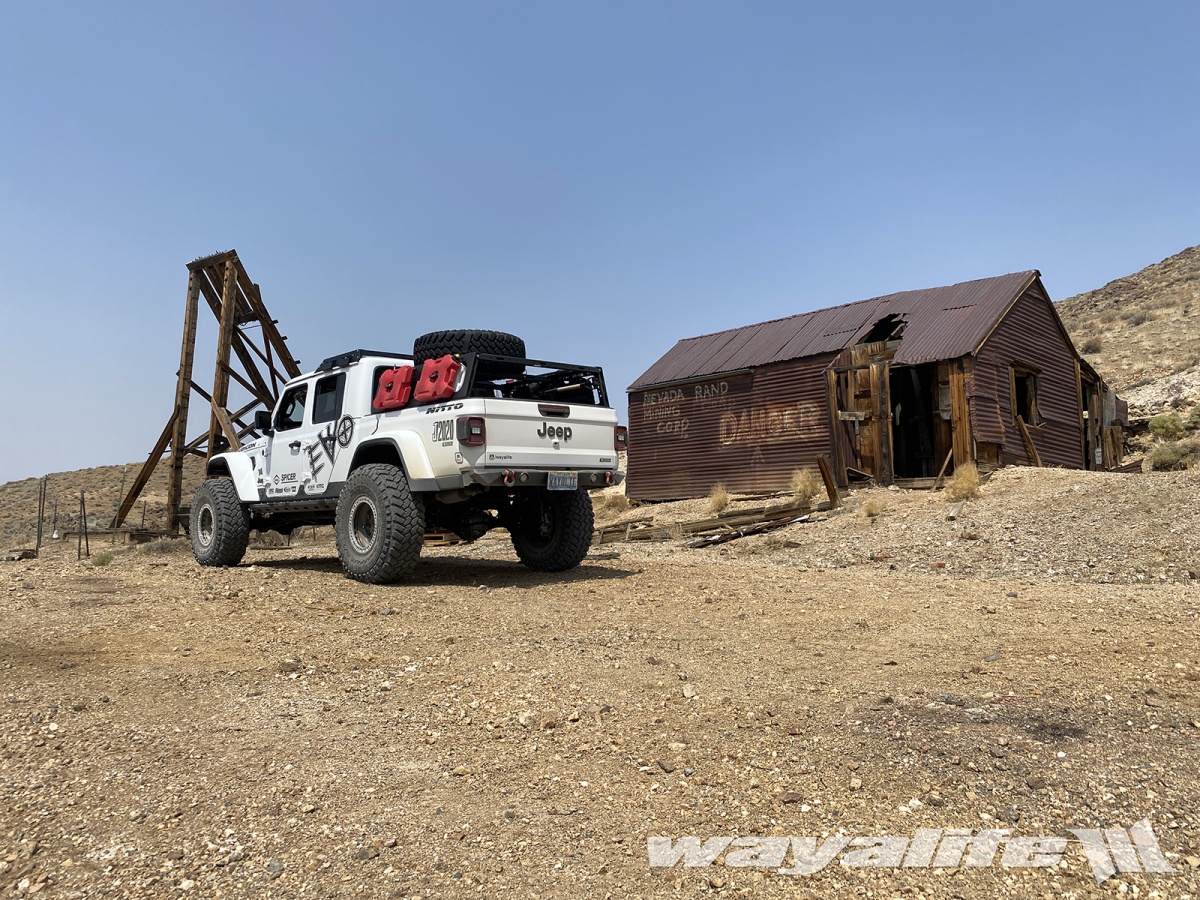
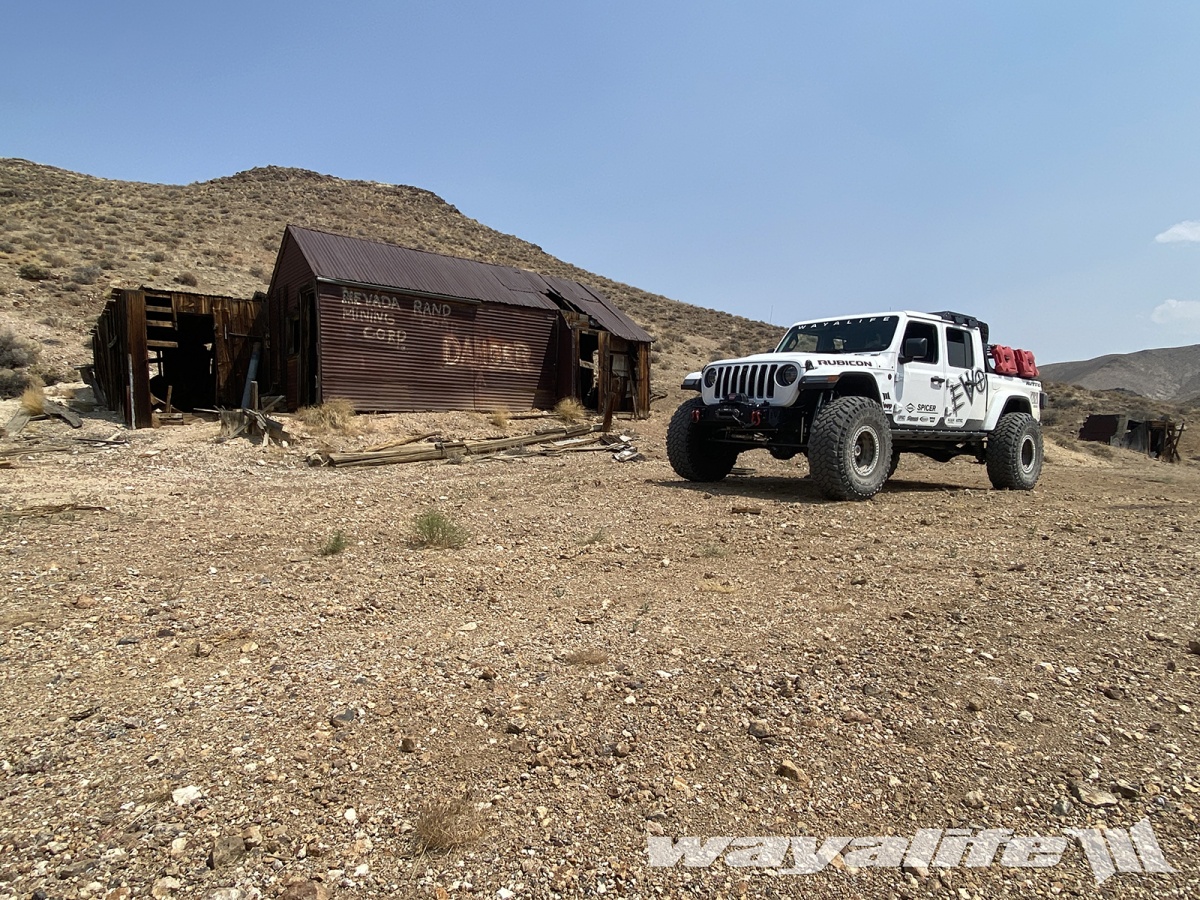
Gold was discovered here back in 1908 and a 450 ft. deep shaft was sunk into the hillside.

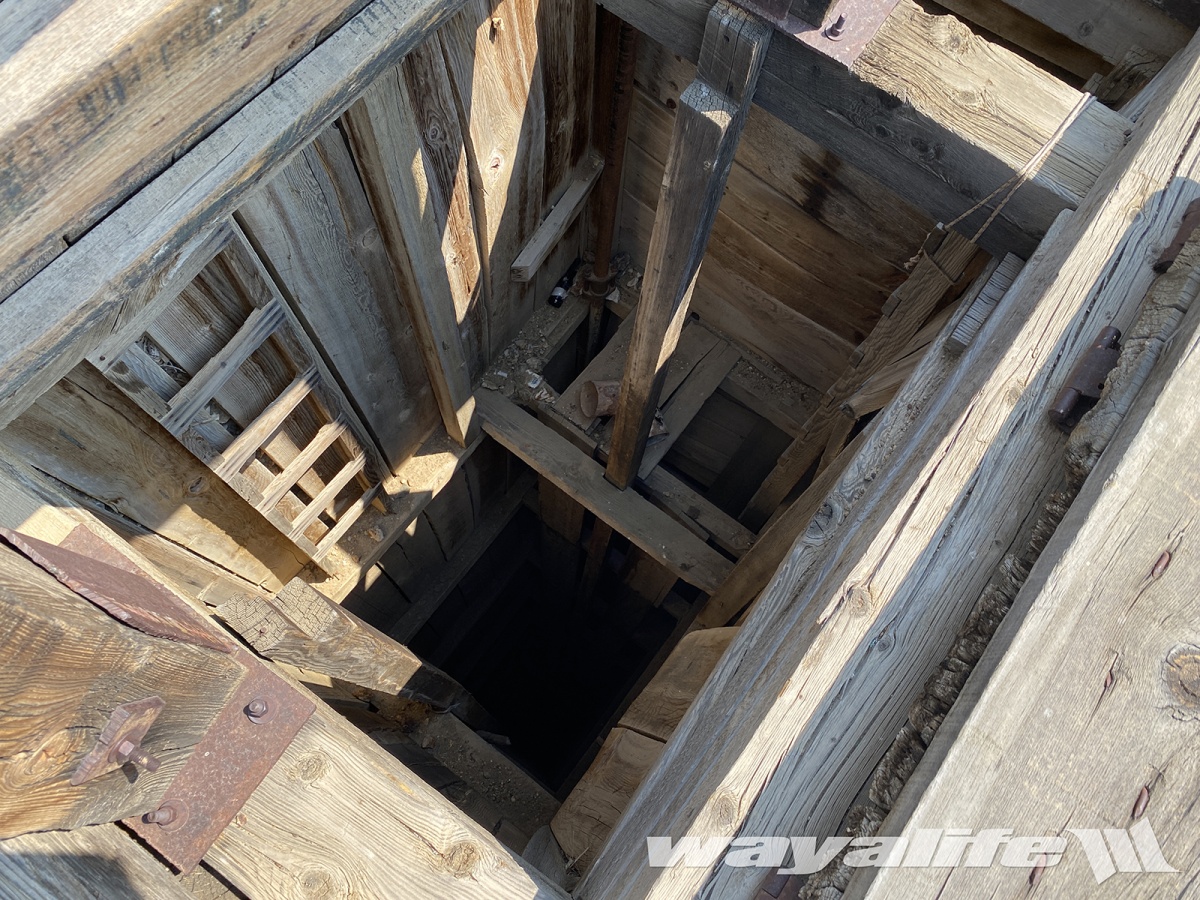
Taking a look inside the cabin, it's clearly seen better days.
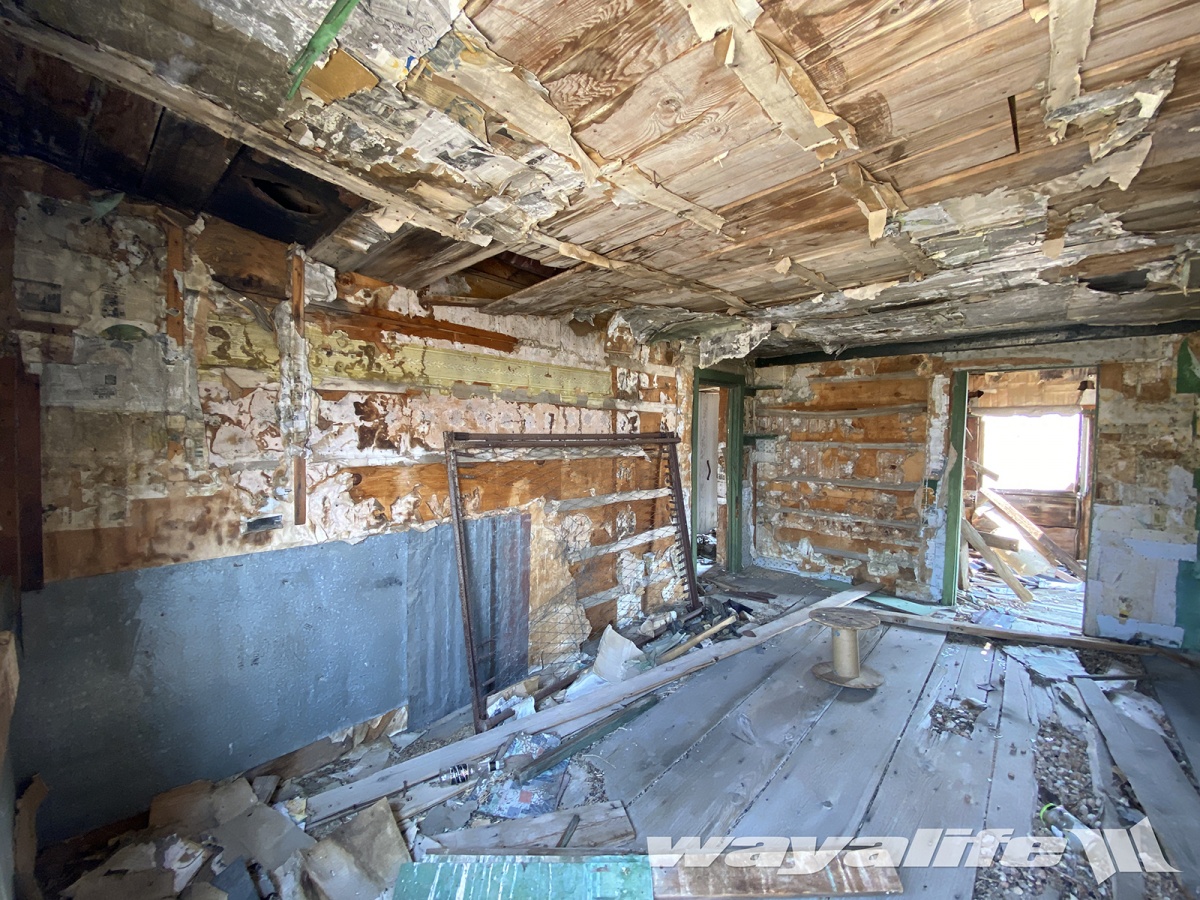
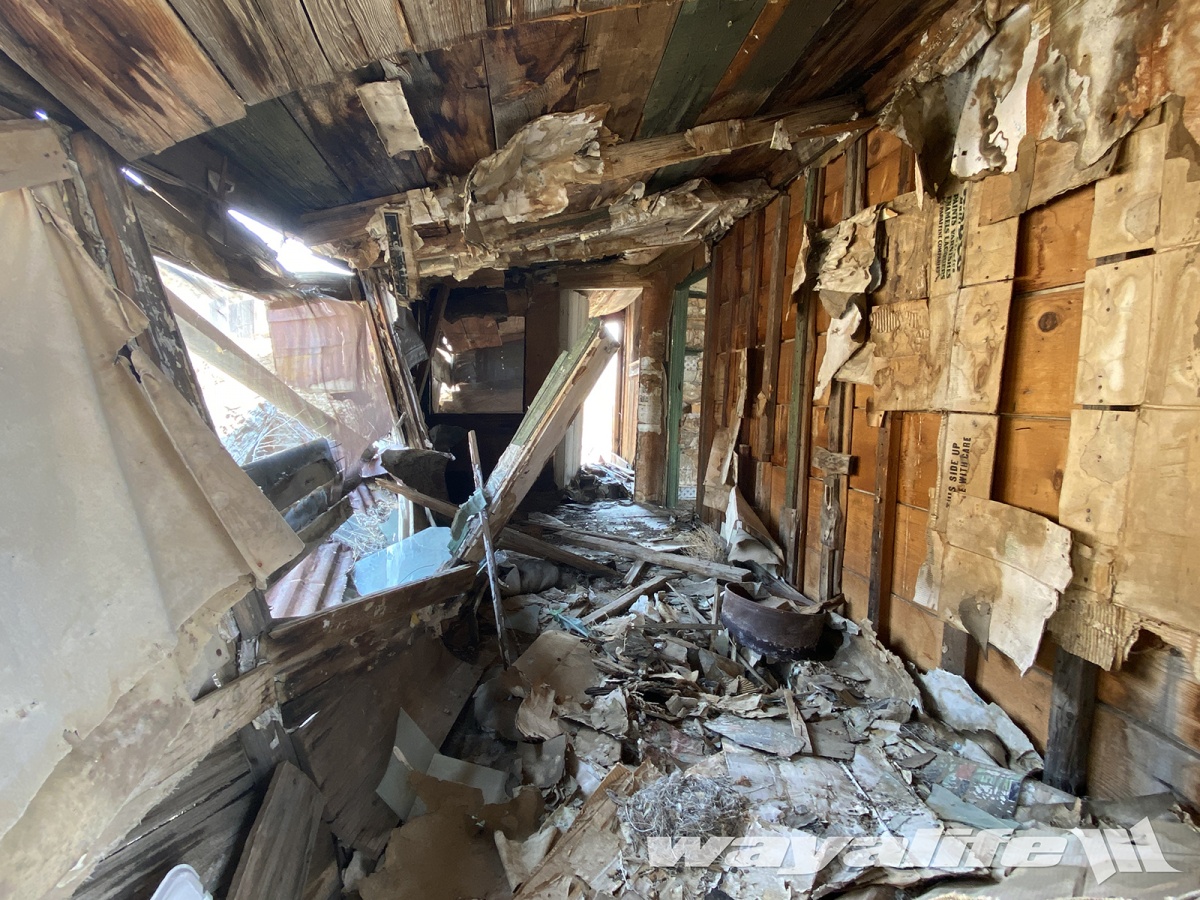
As was the case with many of the cabins that were built to facilitate miners back in the day, the walls of them were plastered with with old newspapers and magazines pages to help provide insulation. It isn't often that you find one with them still in place and it's always a real treat when you do. It's like walking back into time and I literally could spend hours (and have) looking and reading through these amazing pages of history.

As you can see, most of these clippings are from the 1920's.
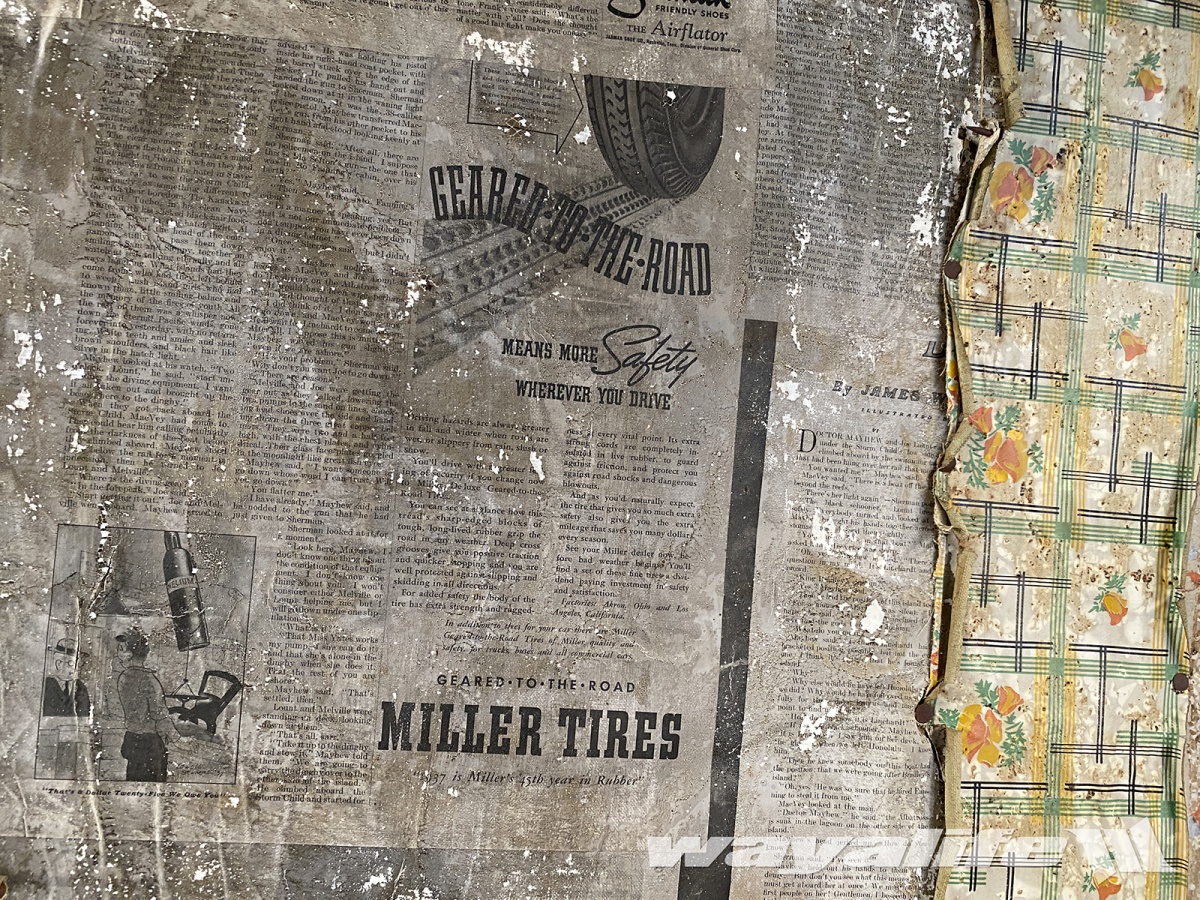
This one is my favorite if only because it's in color.
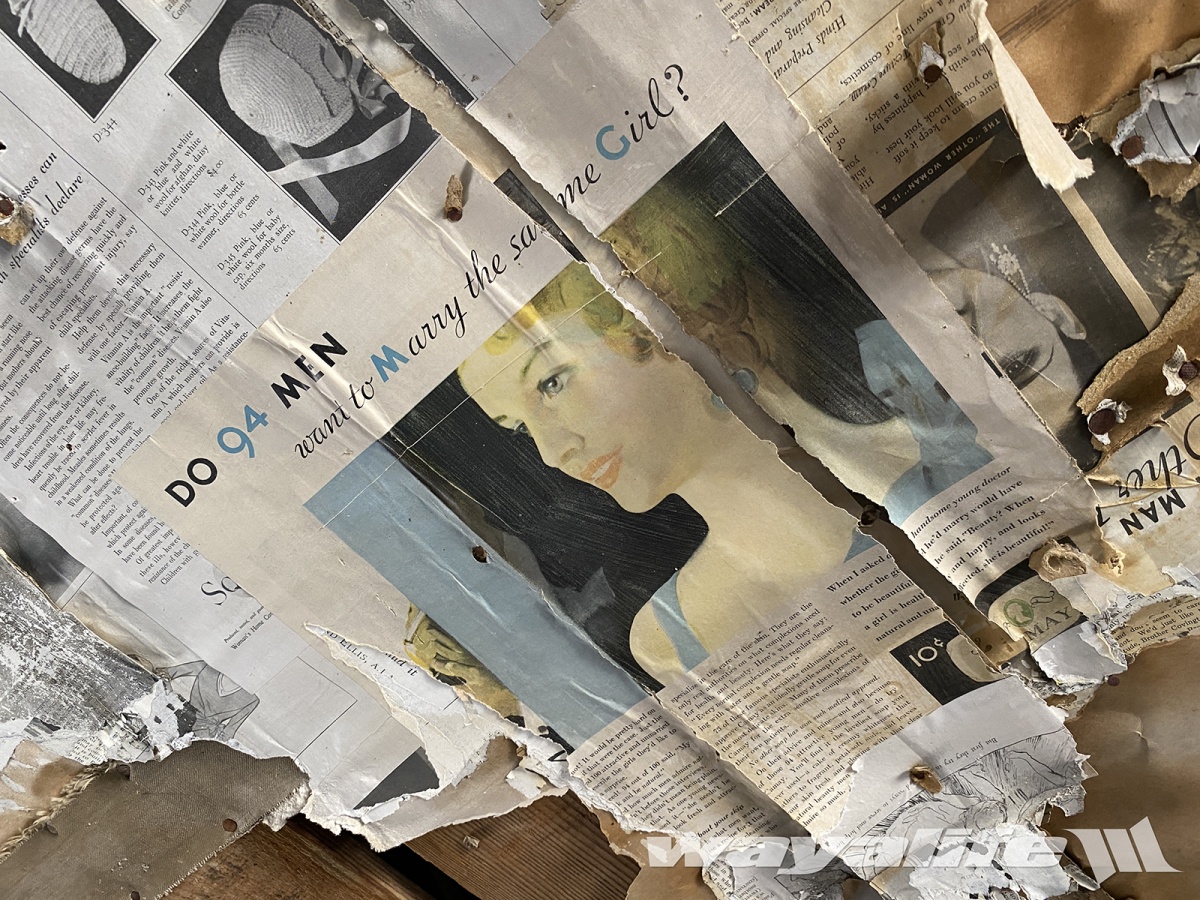
Continuing our trek across the desert, we came across another mining camp with a few cabins in various states of decay.
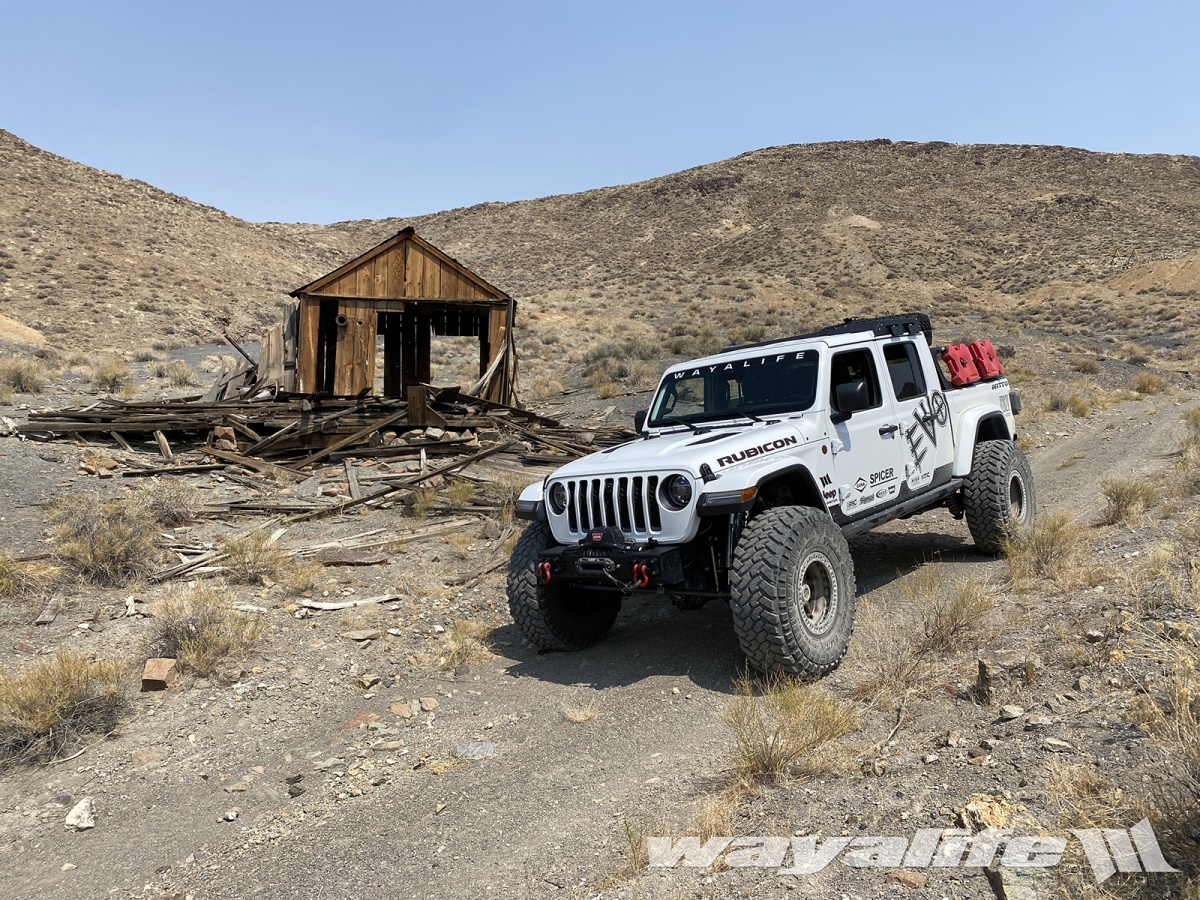
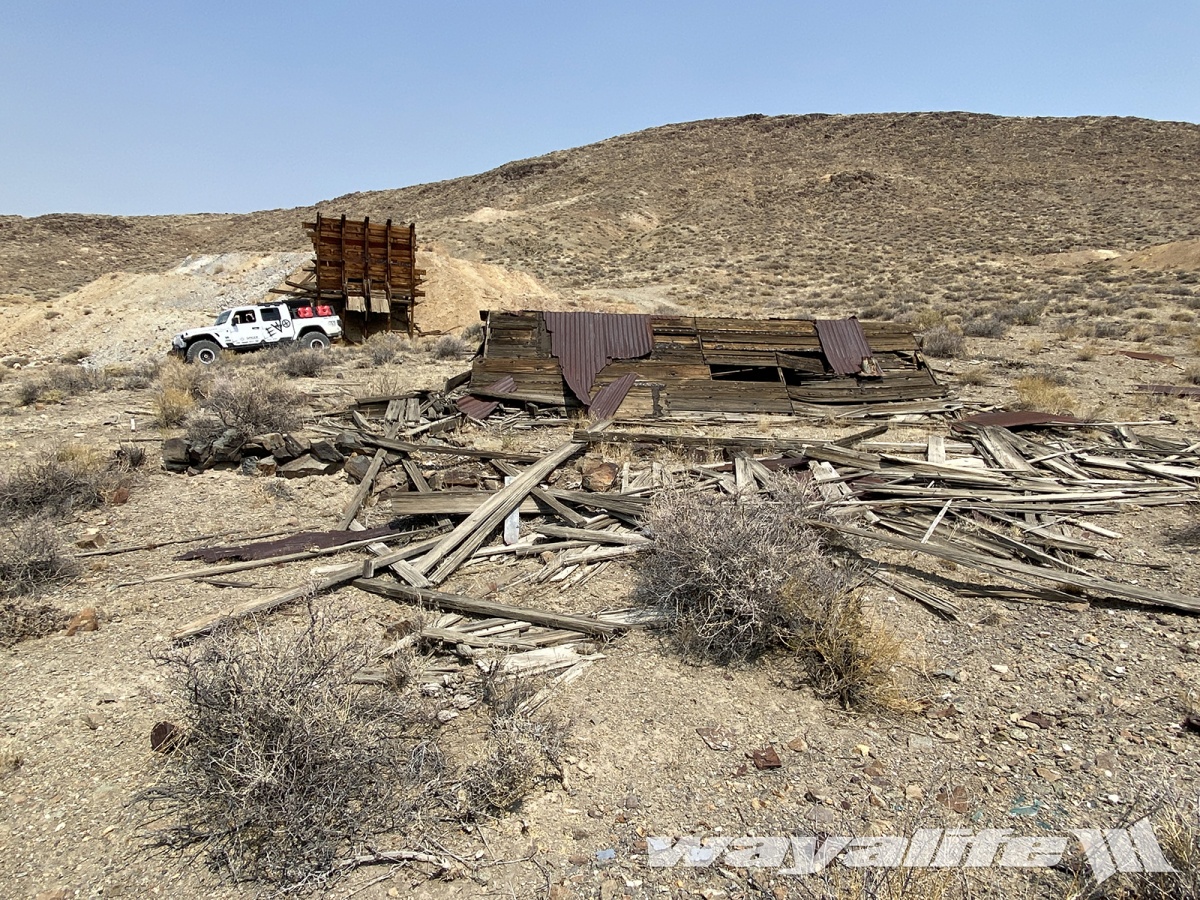
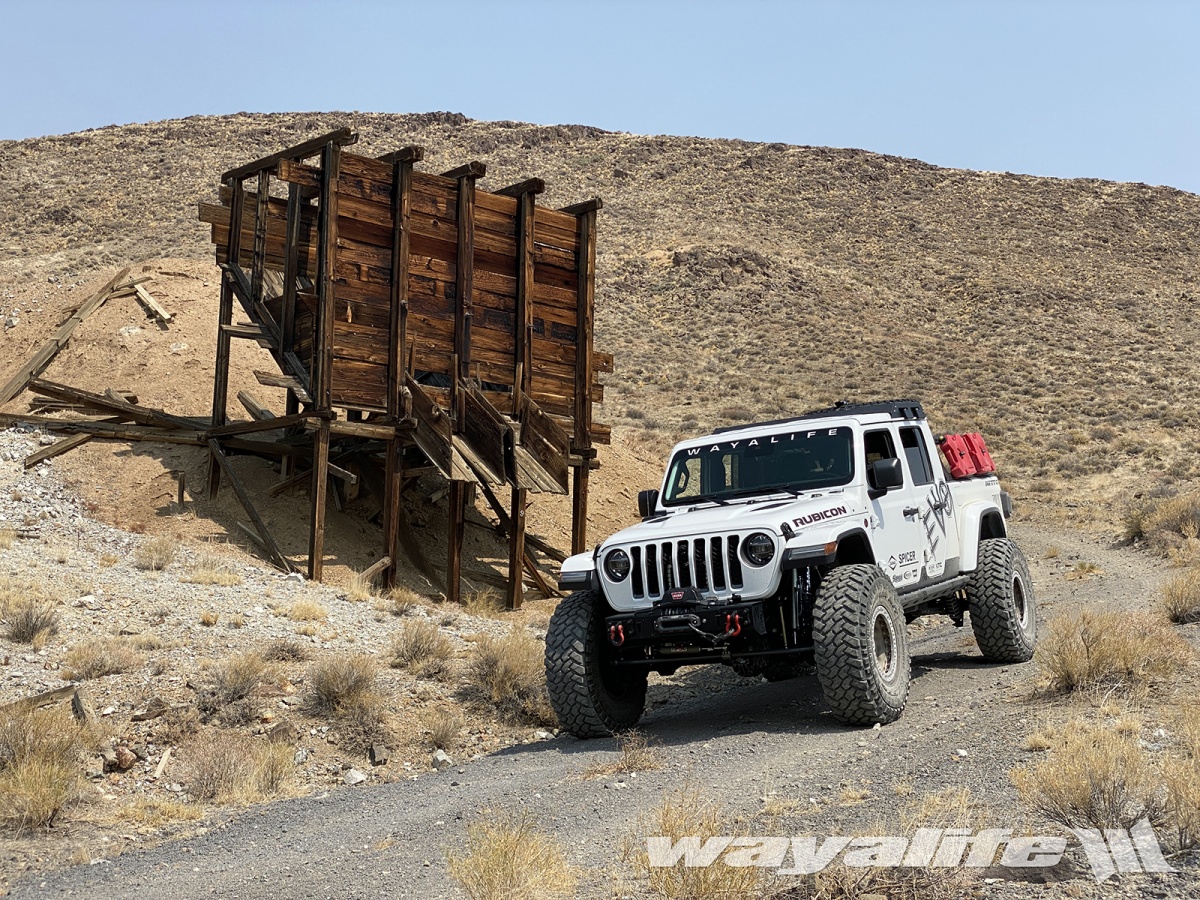
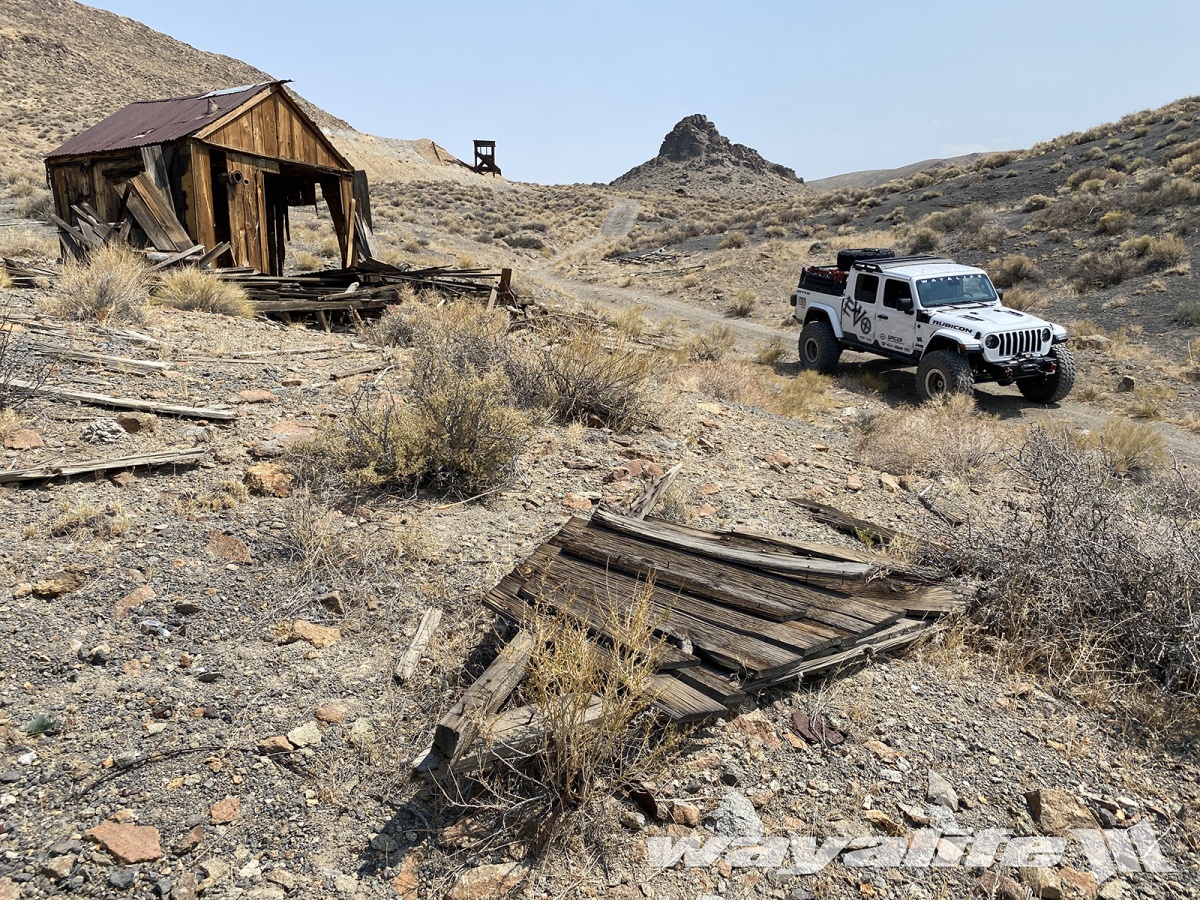

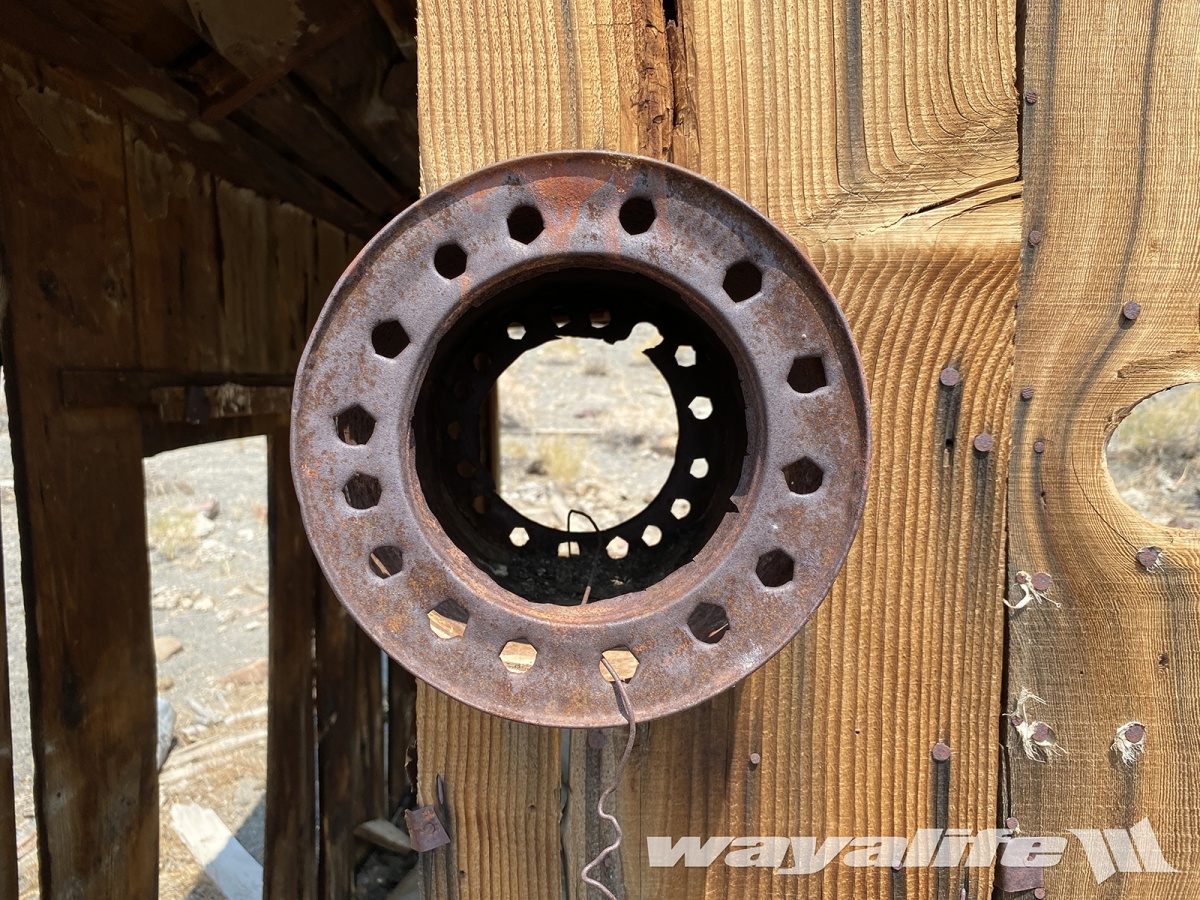
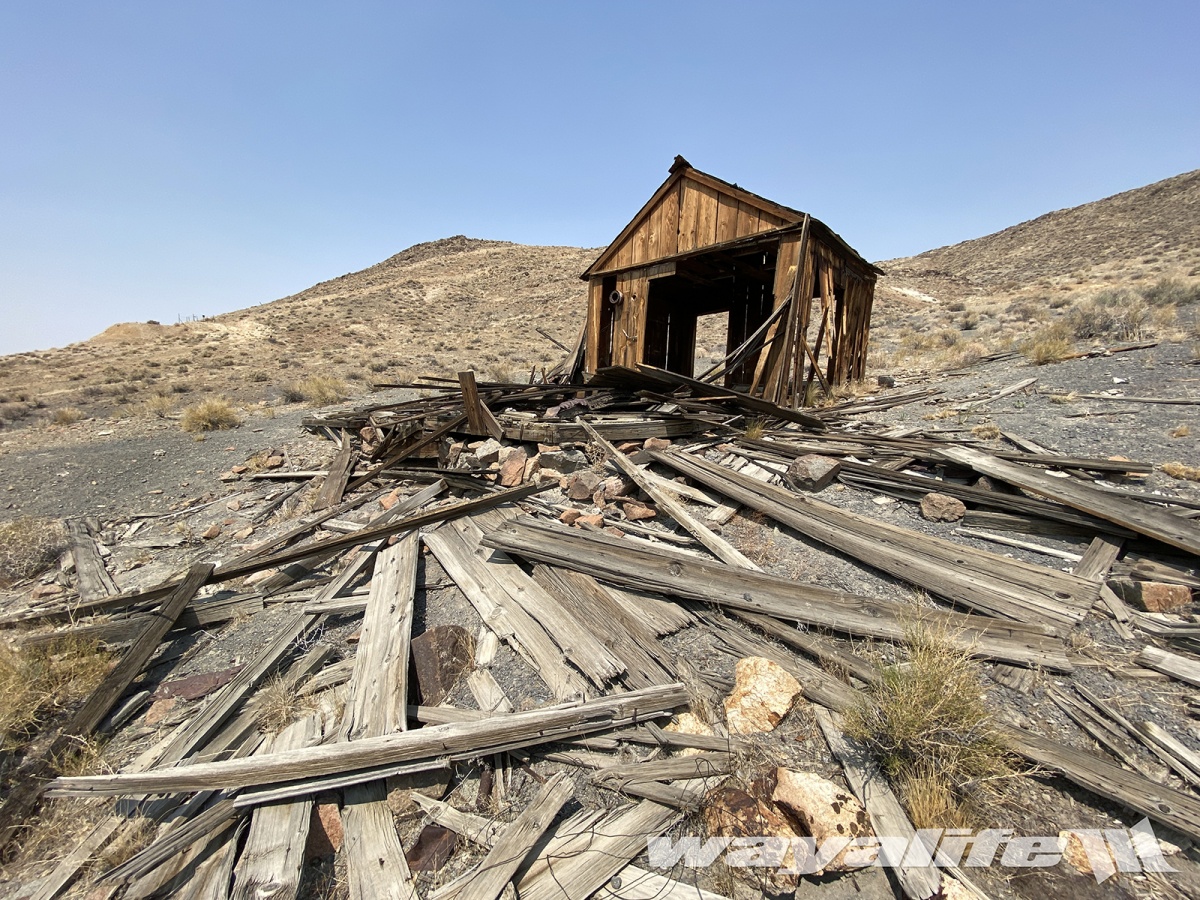
As many of you know, one of the things that Cindy and I love to do when exploring places like this, it's to go dumpster diving. We love digging through historic trash as it can give you a peek into what life was like back then. Here's base of a bottle we found that was made by the American Bottle Company. Based on the AB logo design, it was made between 1906-1909.
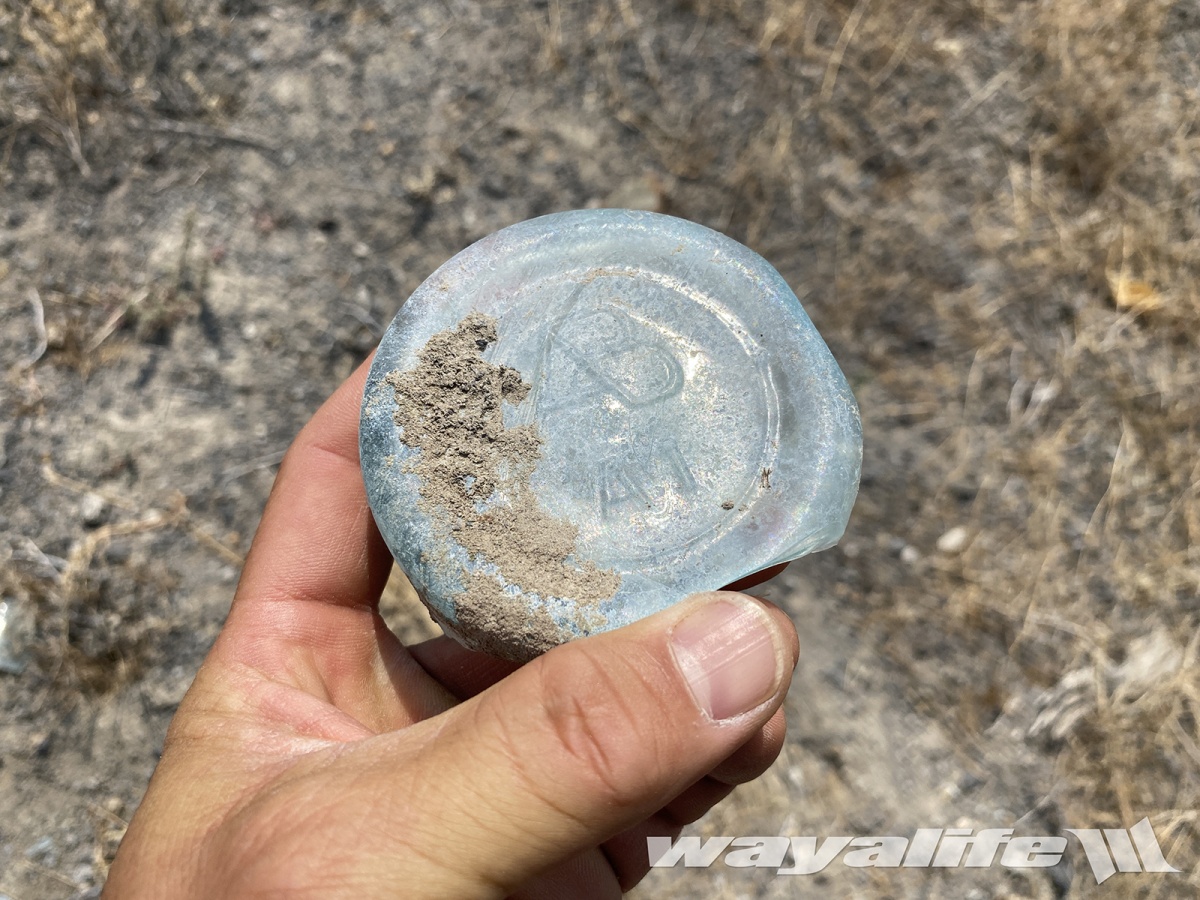
Here's another bottle we found which was also made by the American Bottle Company and based on how the AB Co is written, it was made between 1906-1914.
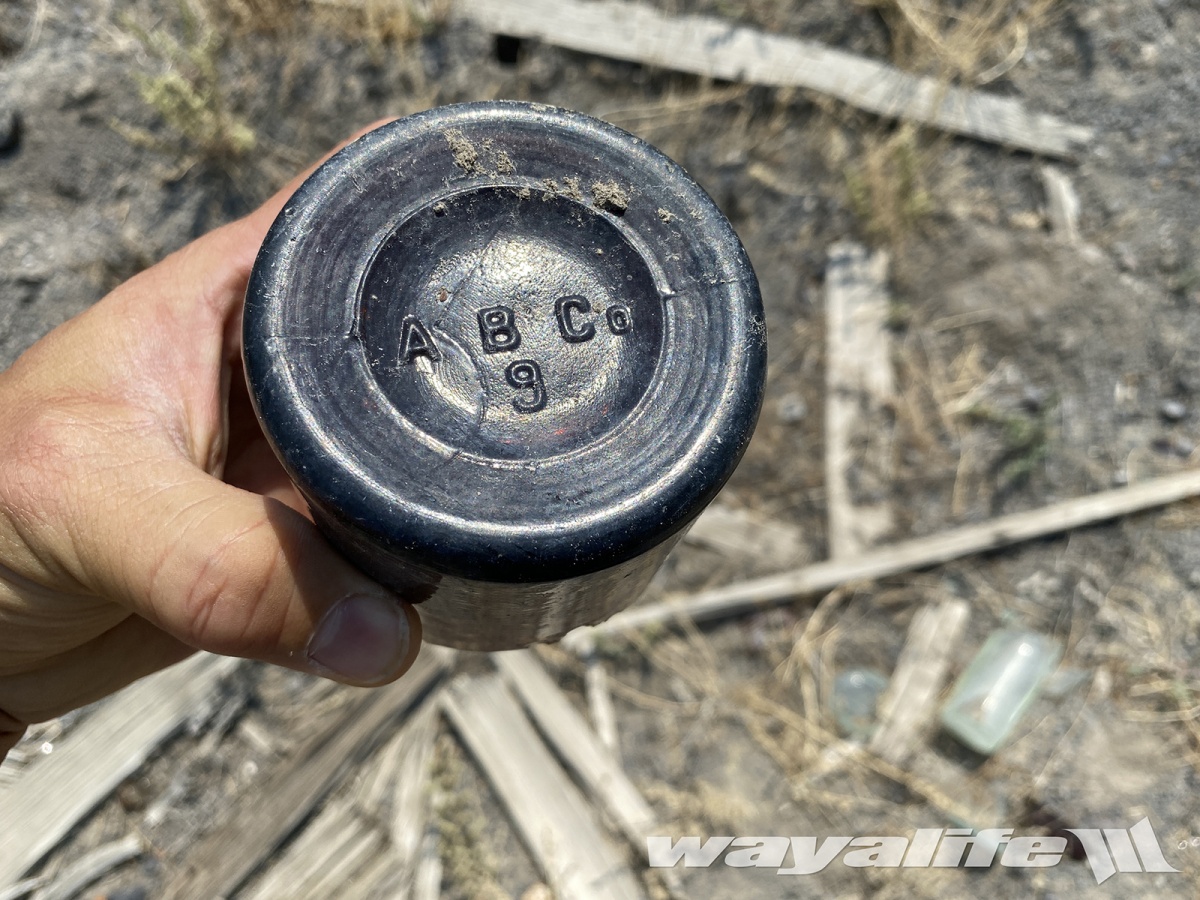
Now, this was an interesting bottle in that the base of it was stamped with WF&S MIL. This means it was made by Northern Glass Works between 1896-1900. This is an earlier date than what we had been seeing and by almost a decade.
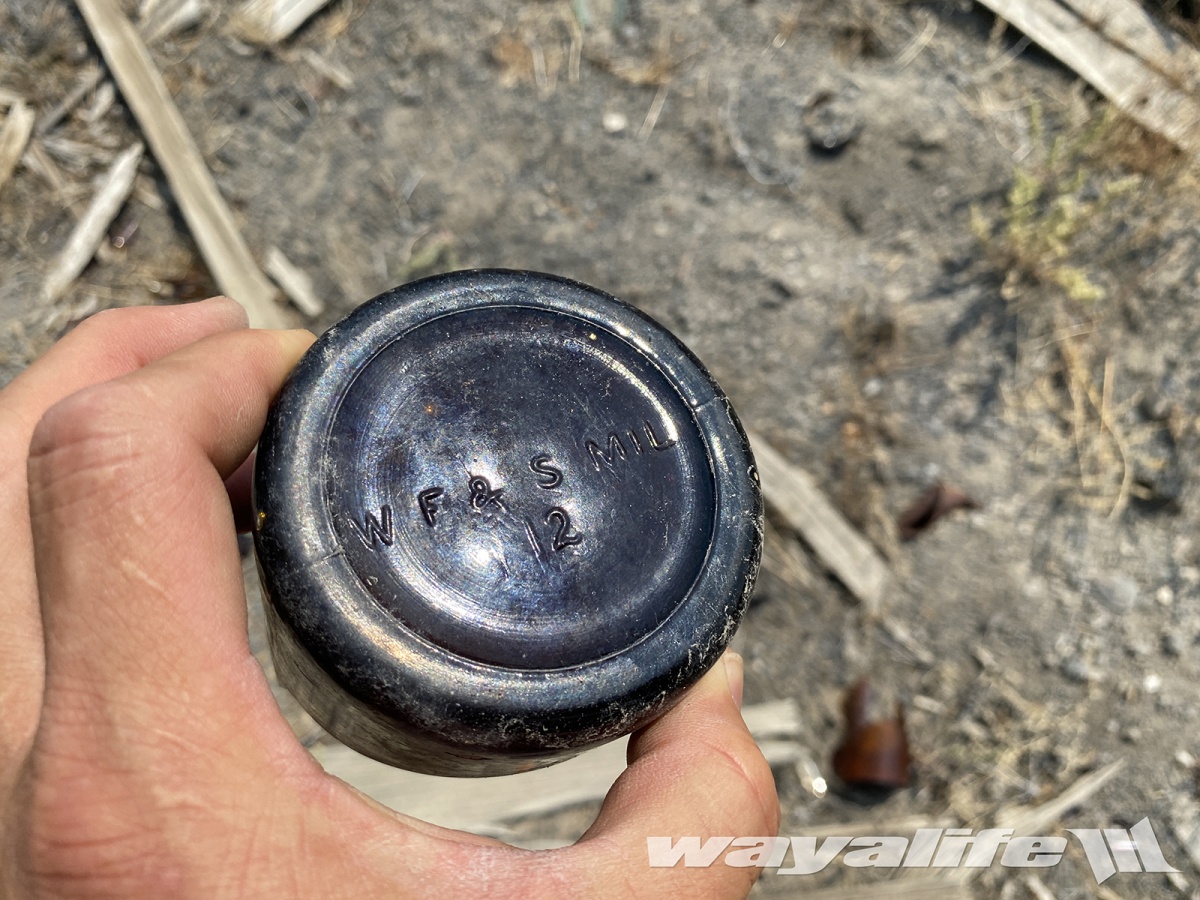
However, this was the bottle that really caught my eye. As you can see, the base is stamped with an S&S. I don't know how this bottle got here but if what I understand is correct, this would mean the bottle was made by Stebbins & Stebbins (Coventry Glass Works) and way back in 1825.
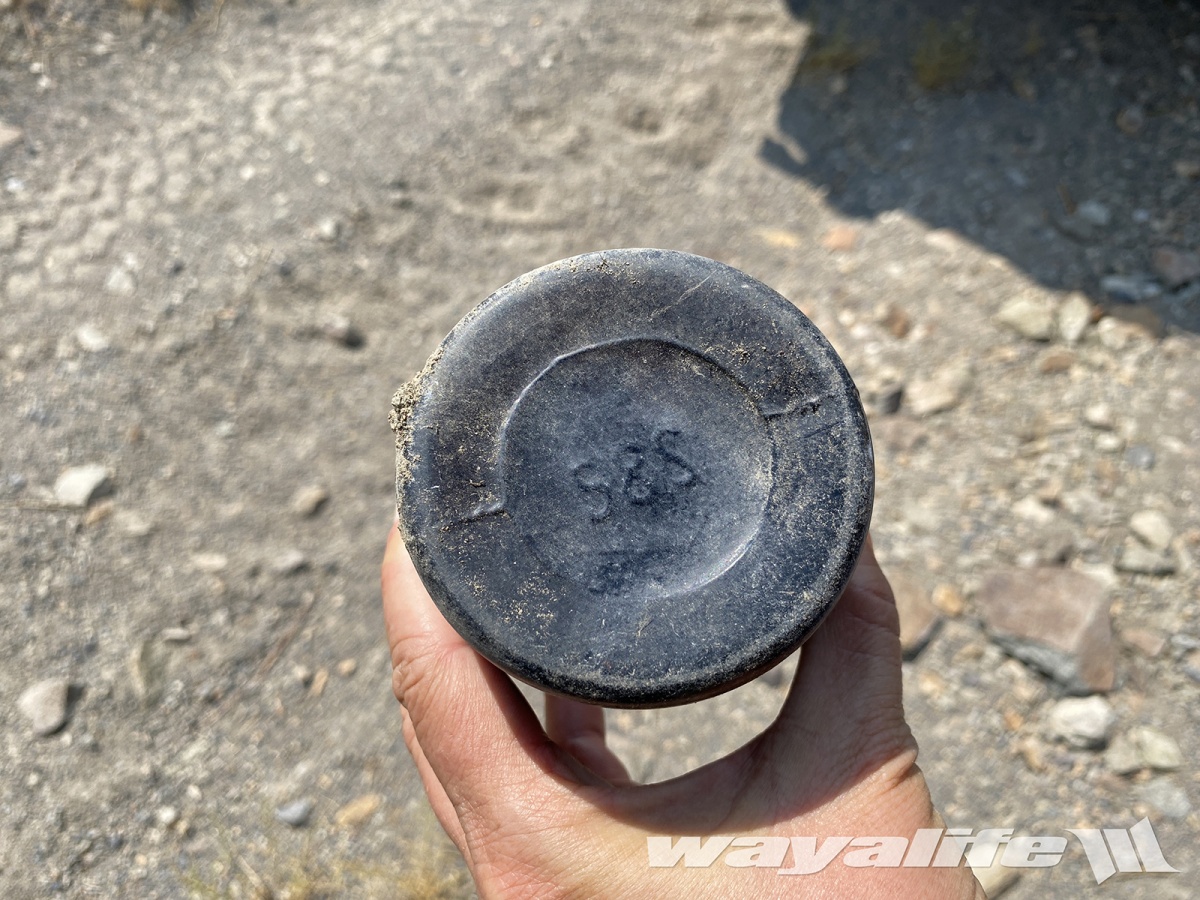
In addition to the base of bottles, we also found a nice button made out of shell and a catch for a pair of suspenders.
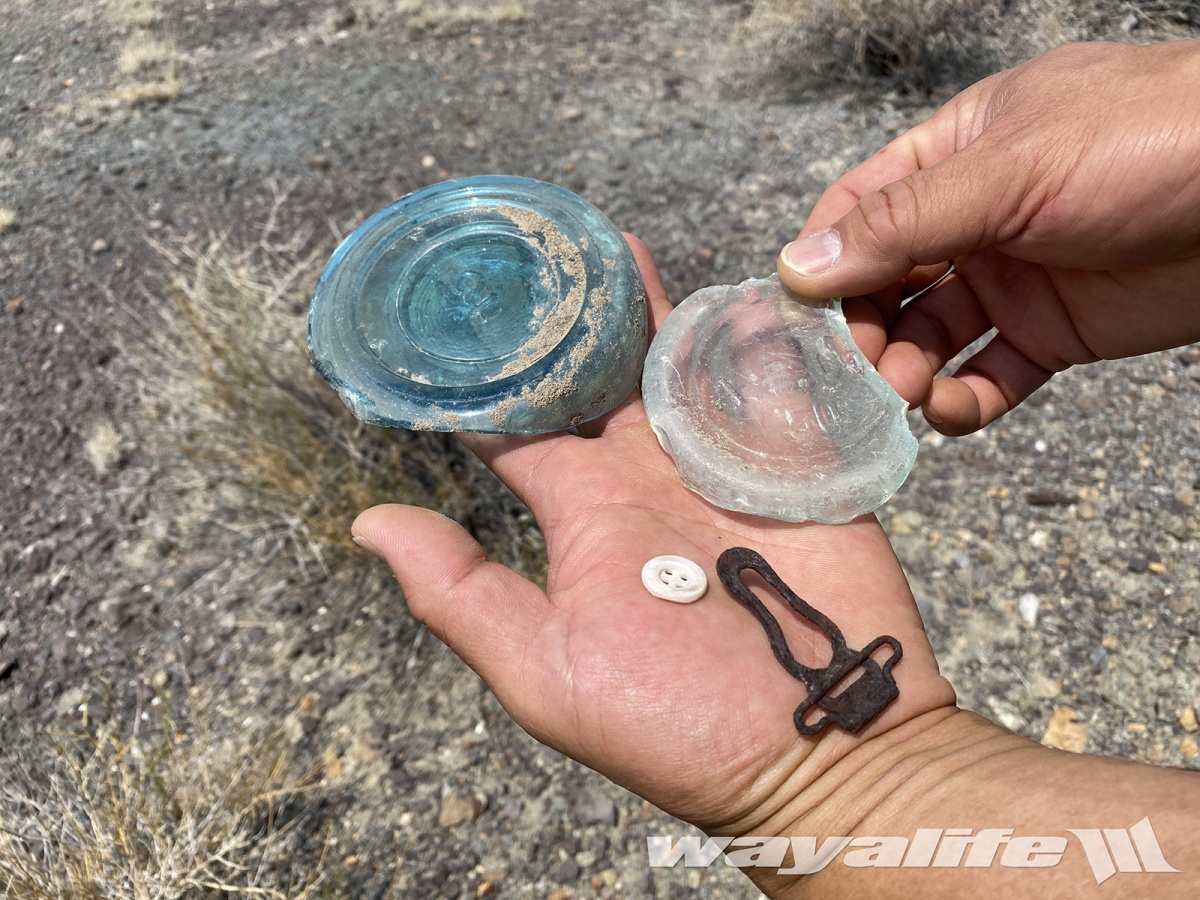
On to see what we can find next.
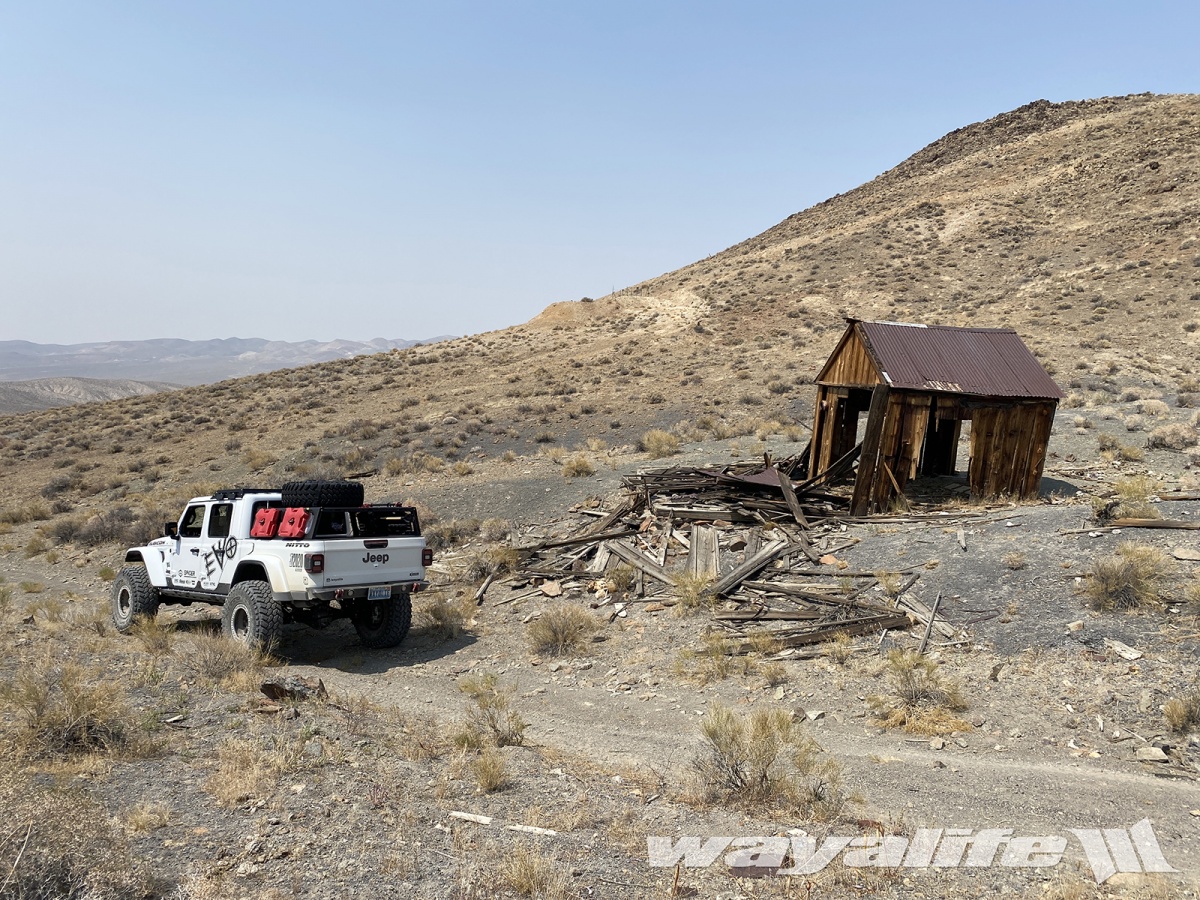
Although most of what we were seeing was entirely new to us, the area we were in wasn't. And, as we worked our way across the valley, we made a stop at a familiar destination, the Car Frame windmill.
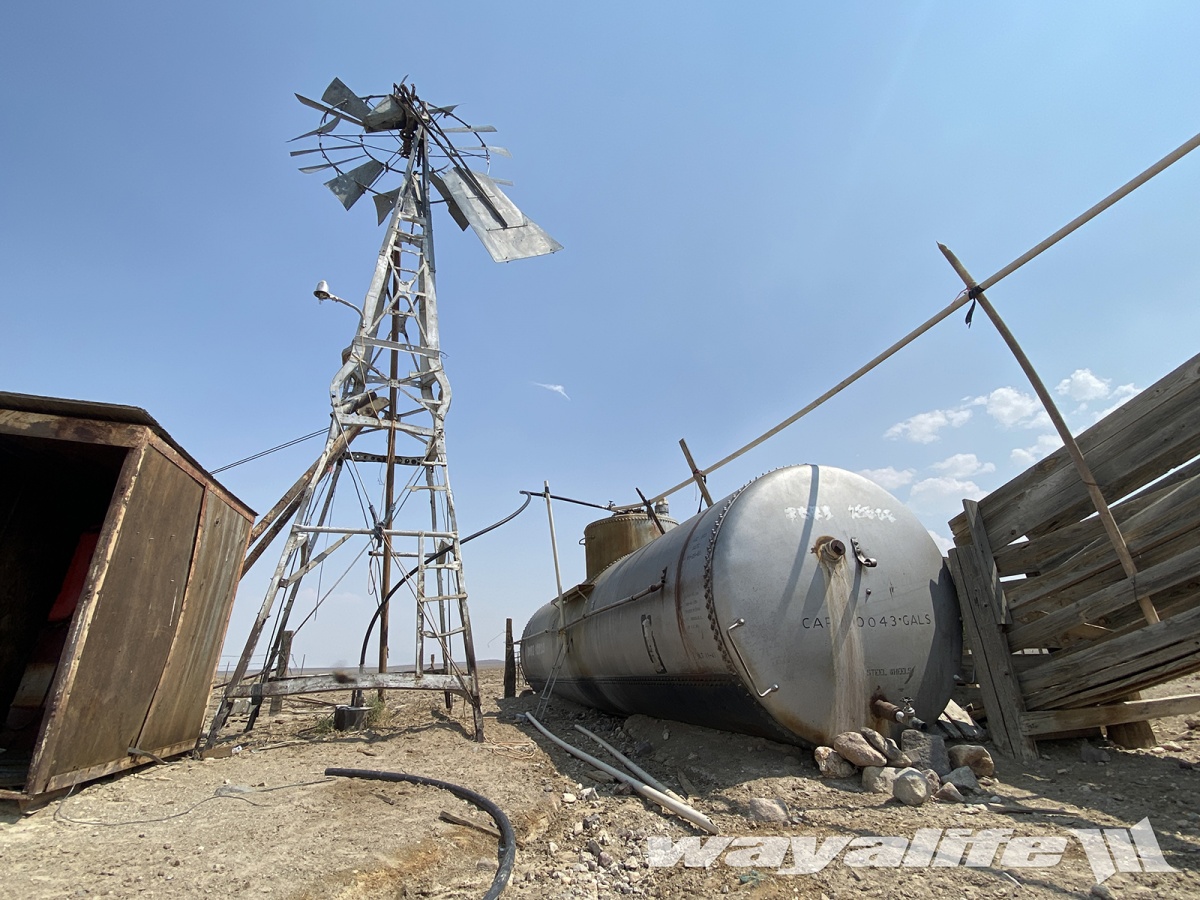
Of course, the water is more for these guys than anyone else these days.
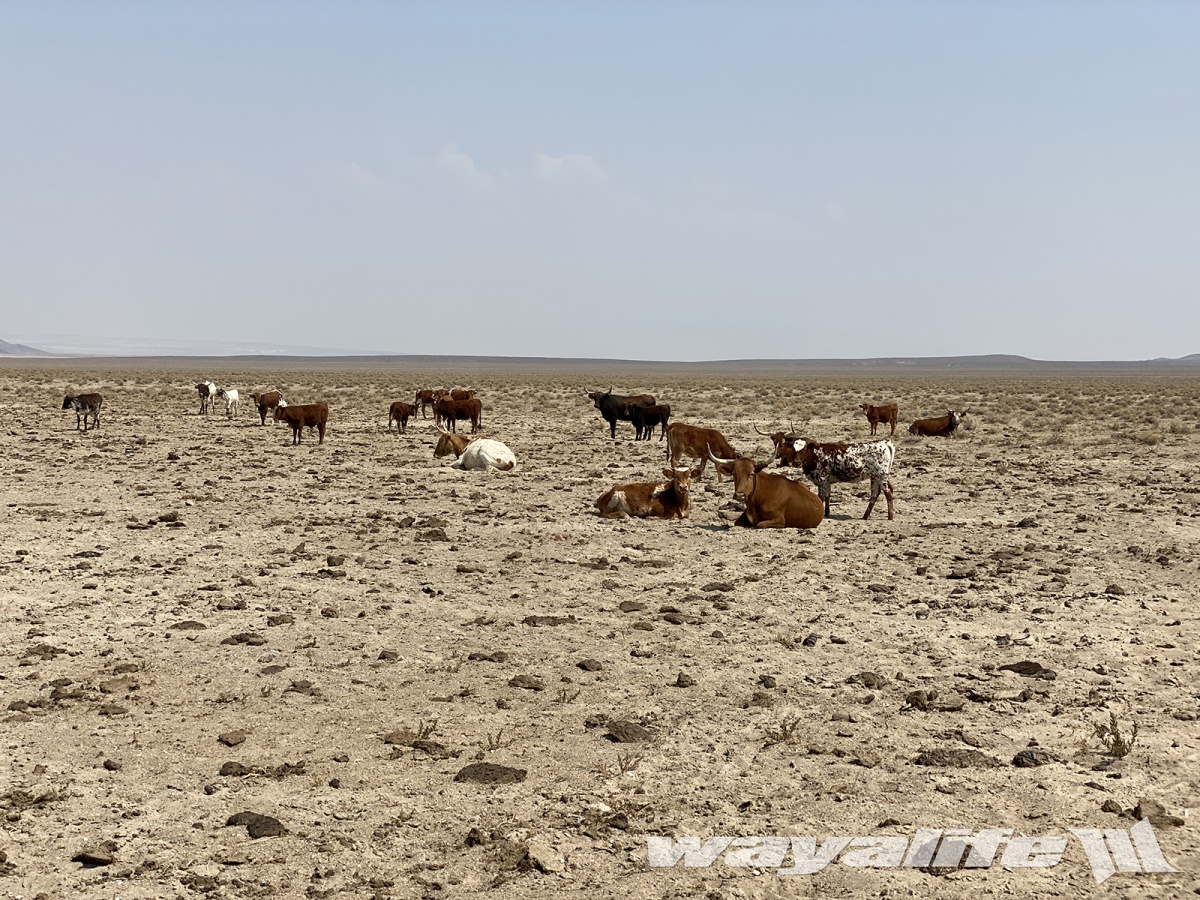
Pushing forward, we meandered our way to cool little ghost town that a Boy Scout troop in the nearest community adopted and still use on a regular basis for outings.
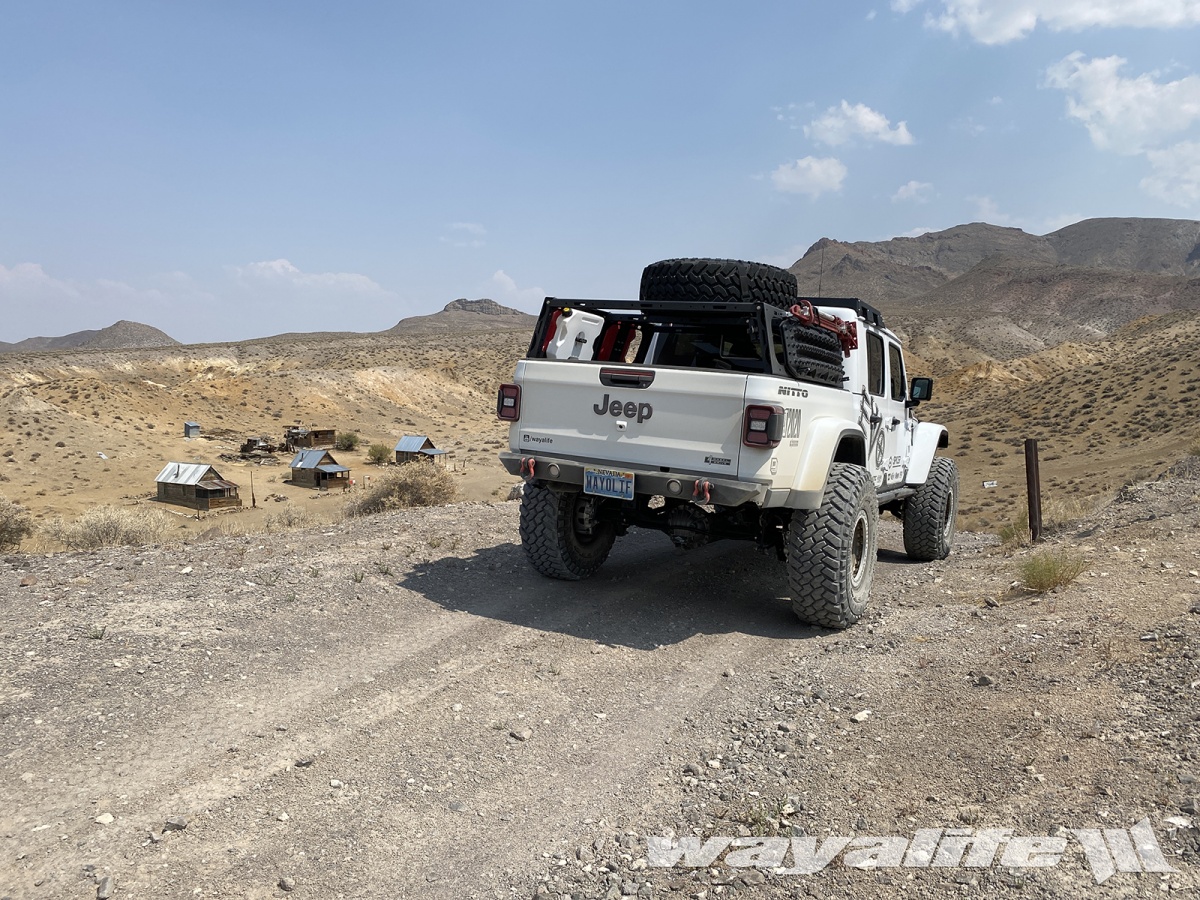
Cinnabar ore (the chief ore mineral of mercury) was discovered here in 1929 and development of the mine here continued on a small scale until about 1944.
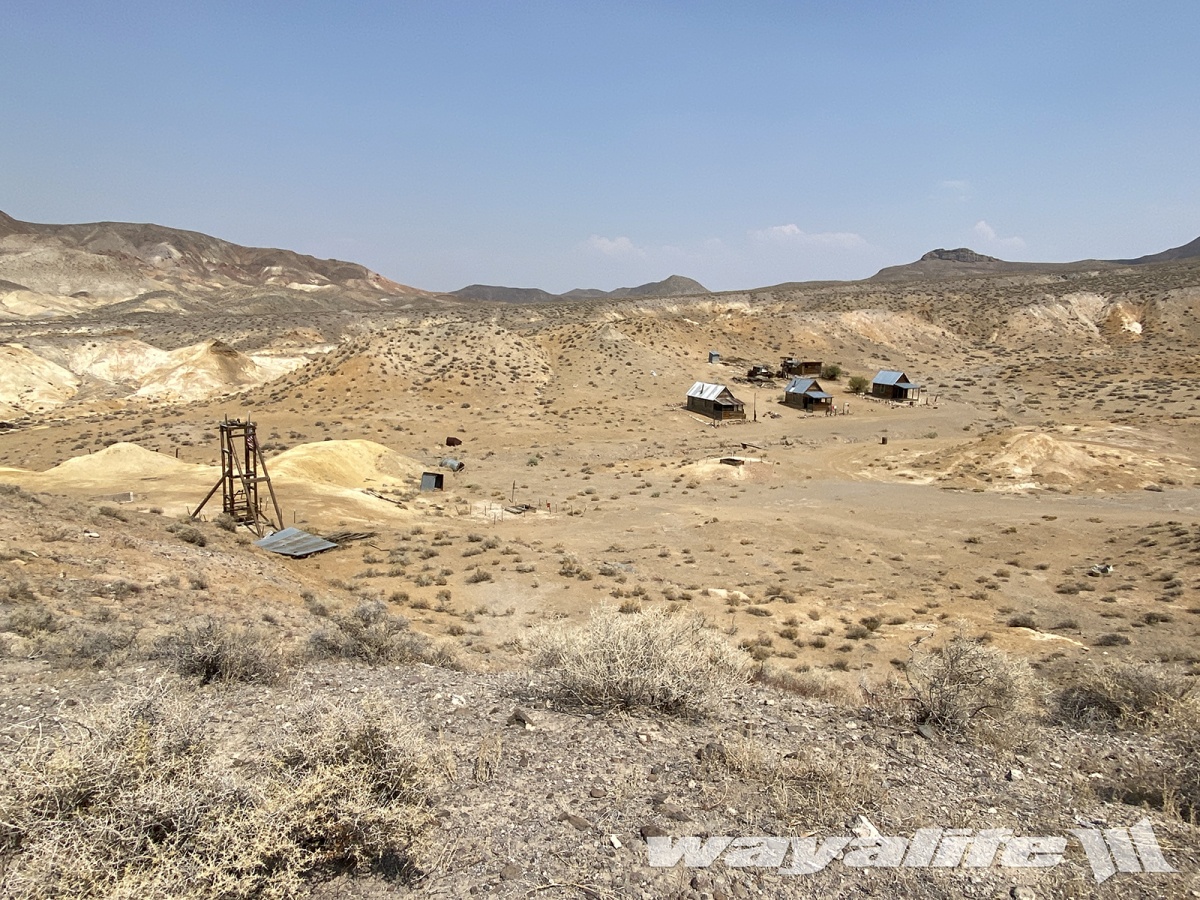
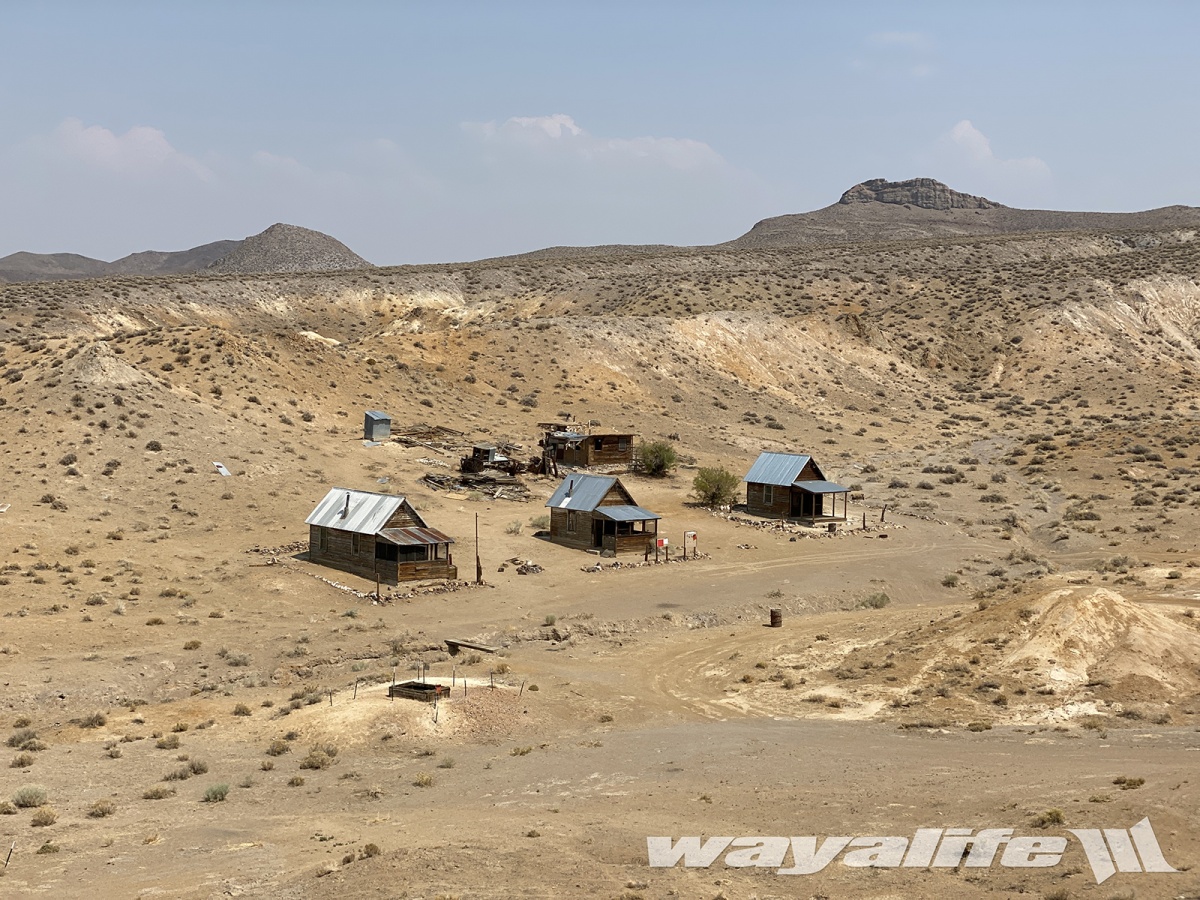
A very cool place to visit and if it's available, one that we might have to camp at someday.
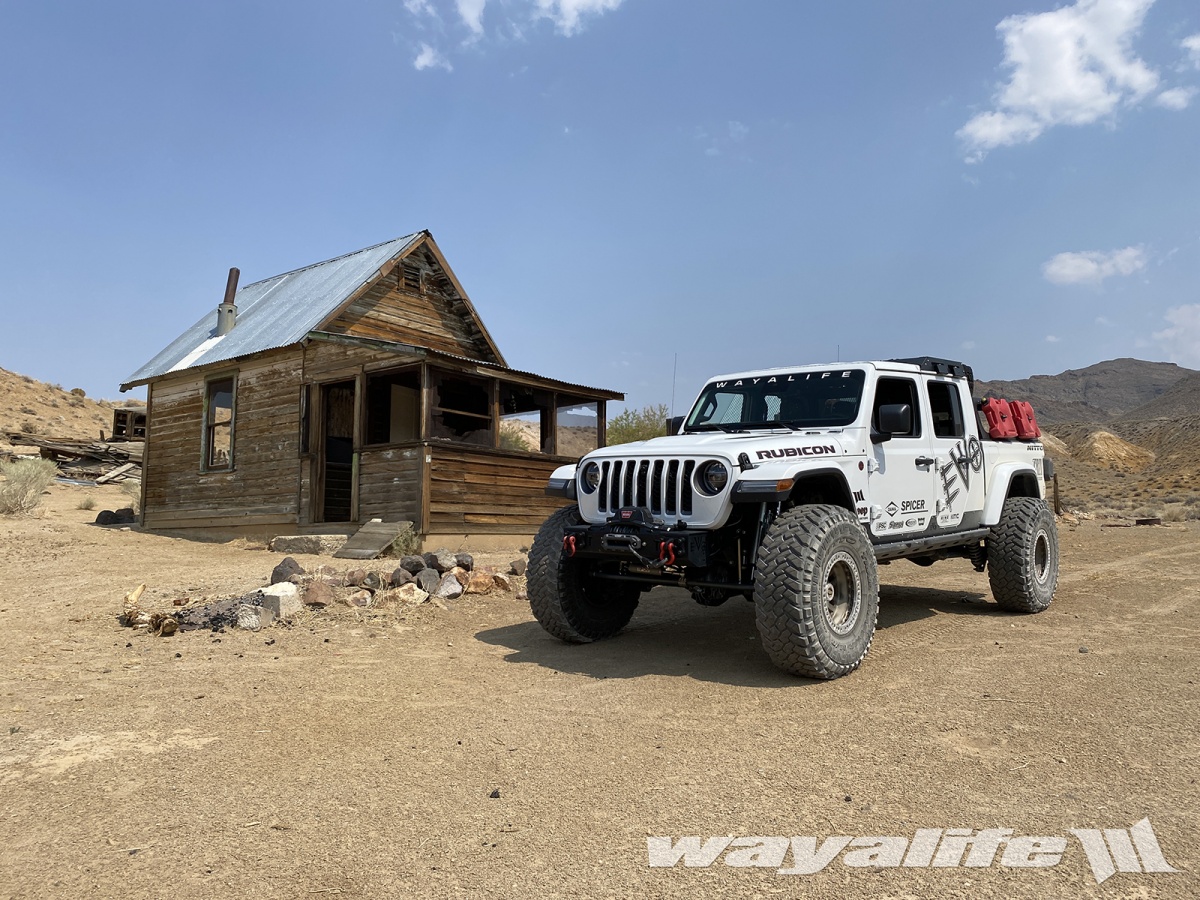
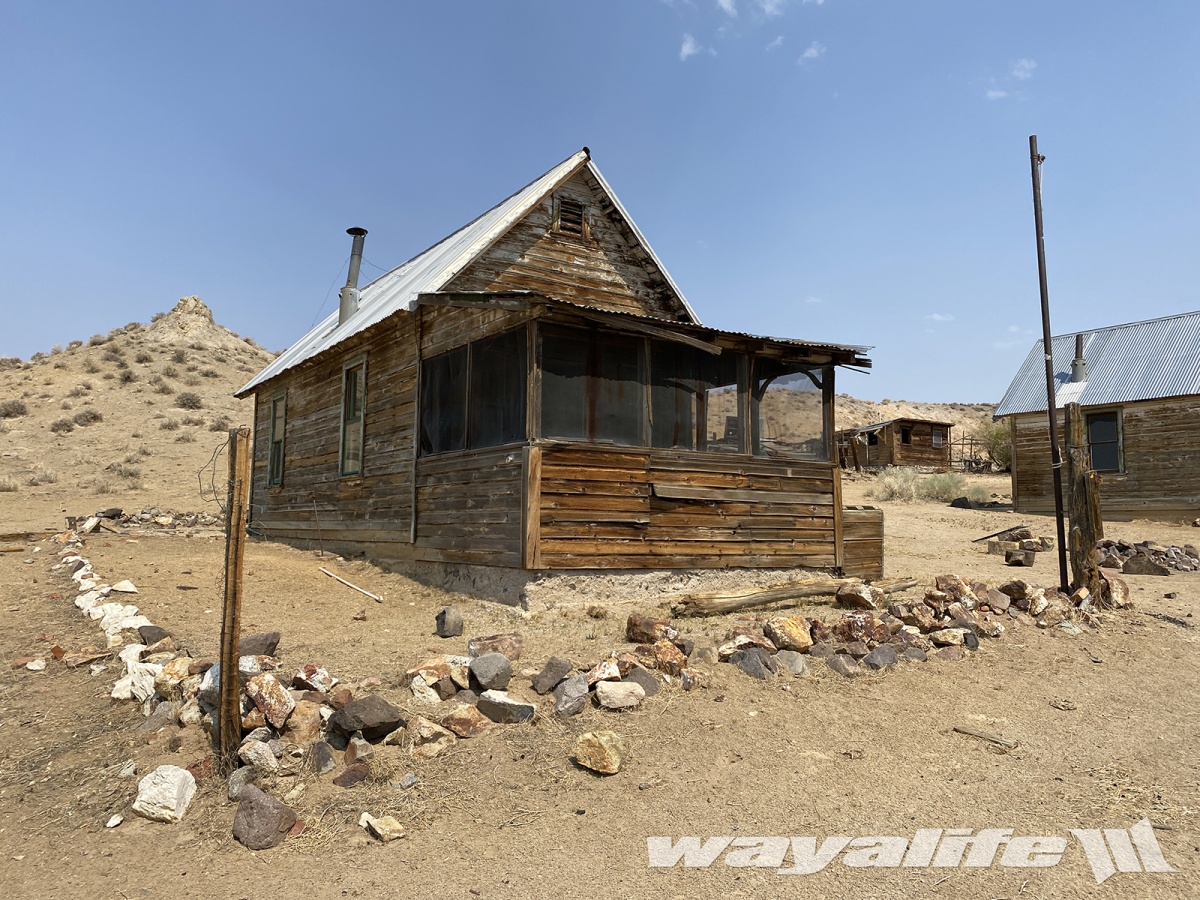
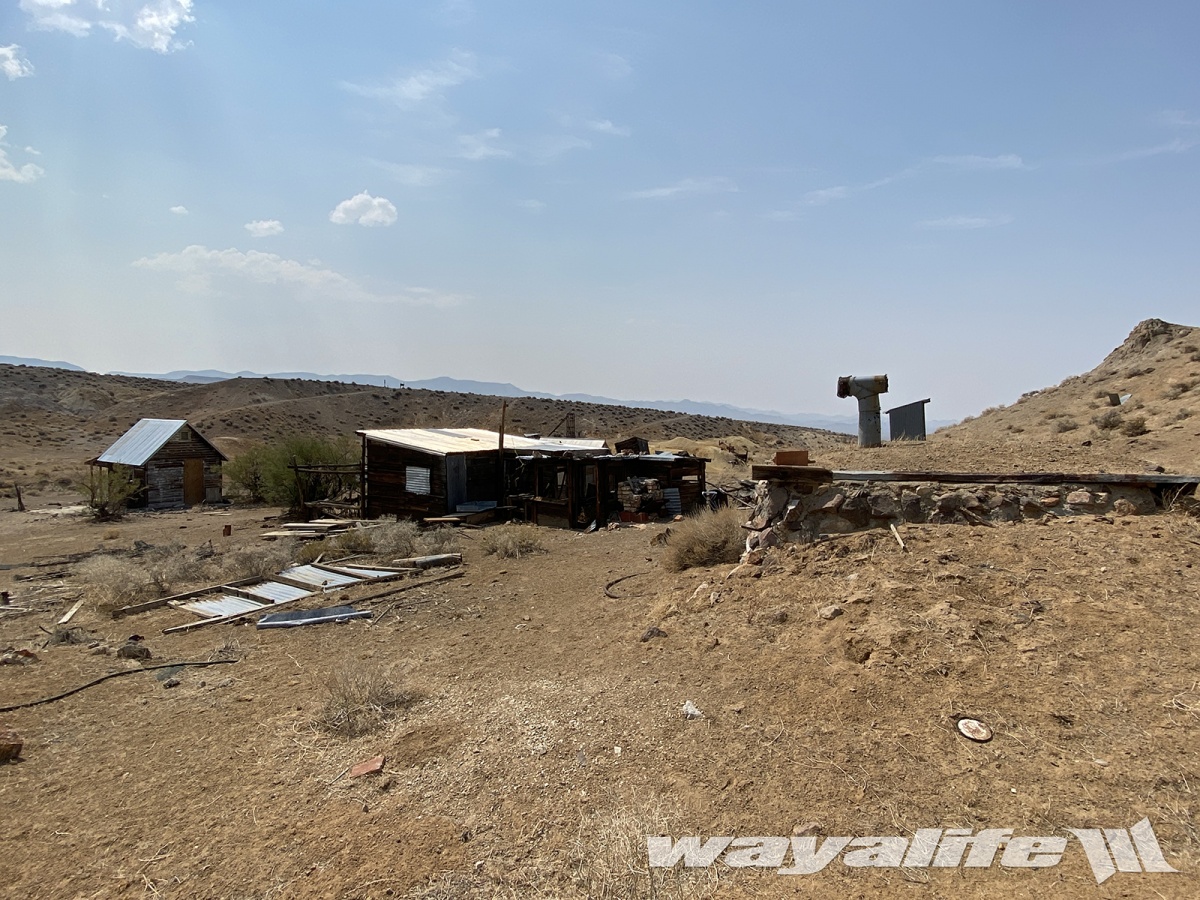
Surprisingly clean cabins.
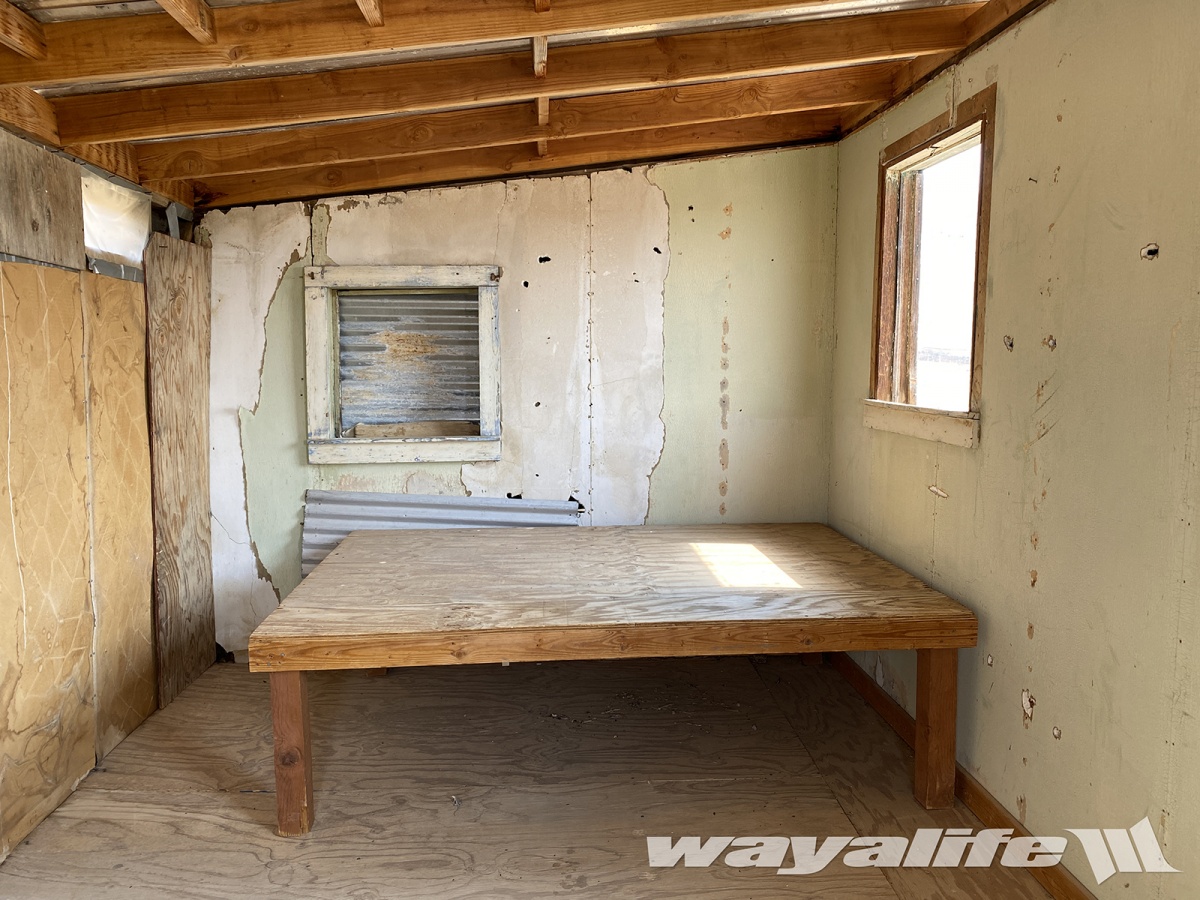
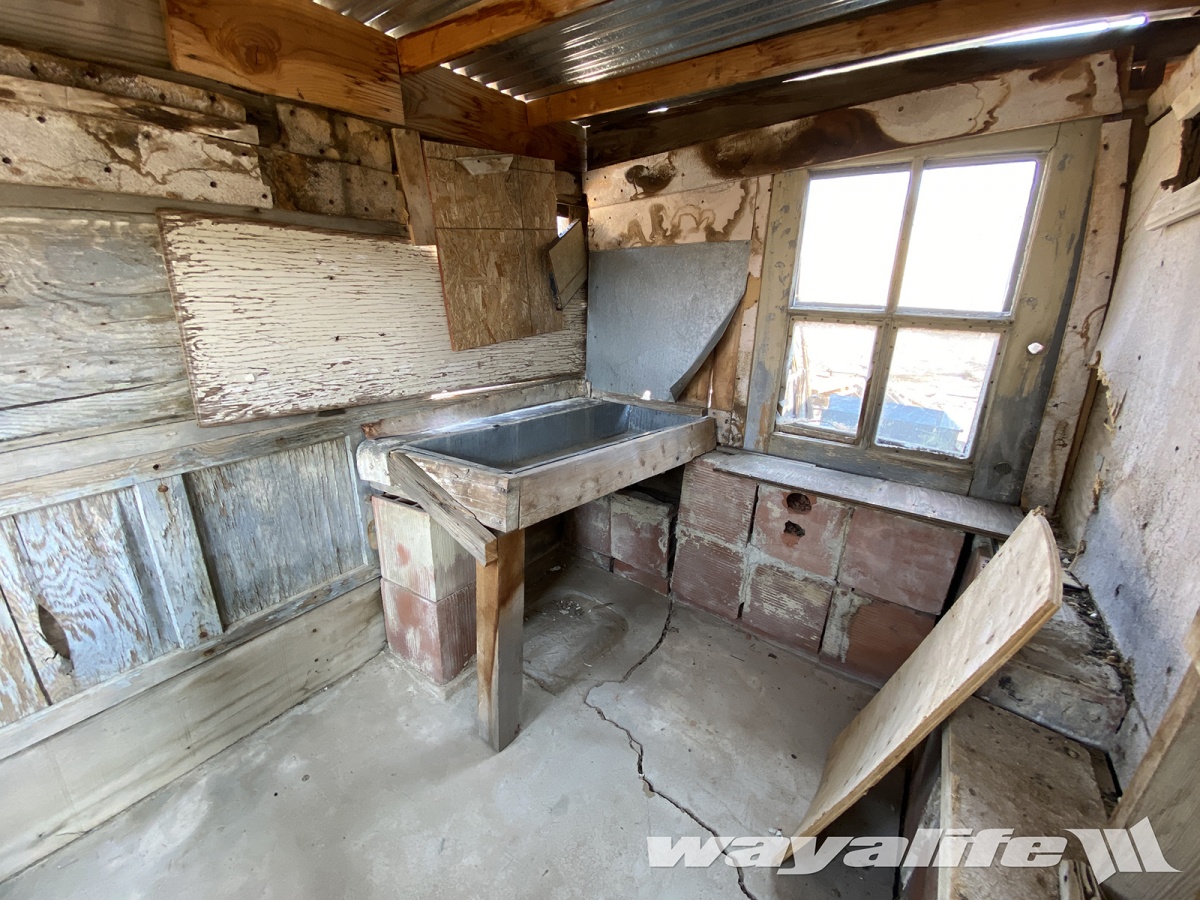
Paying our respects to the final long term resident of this town.
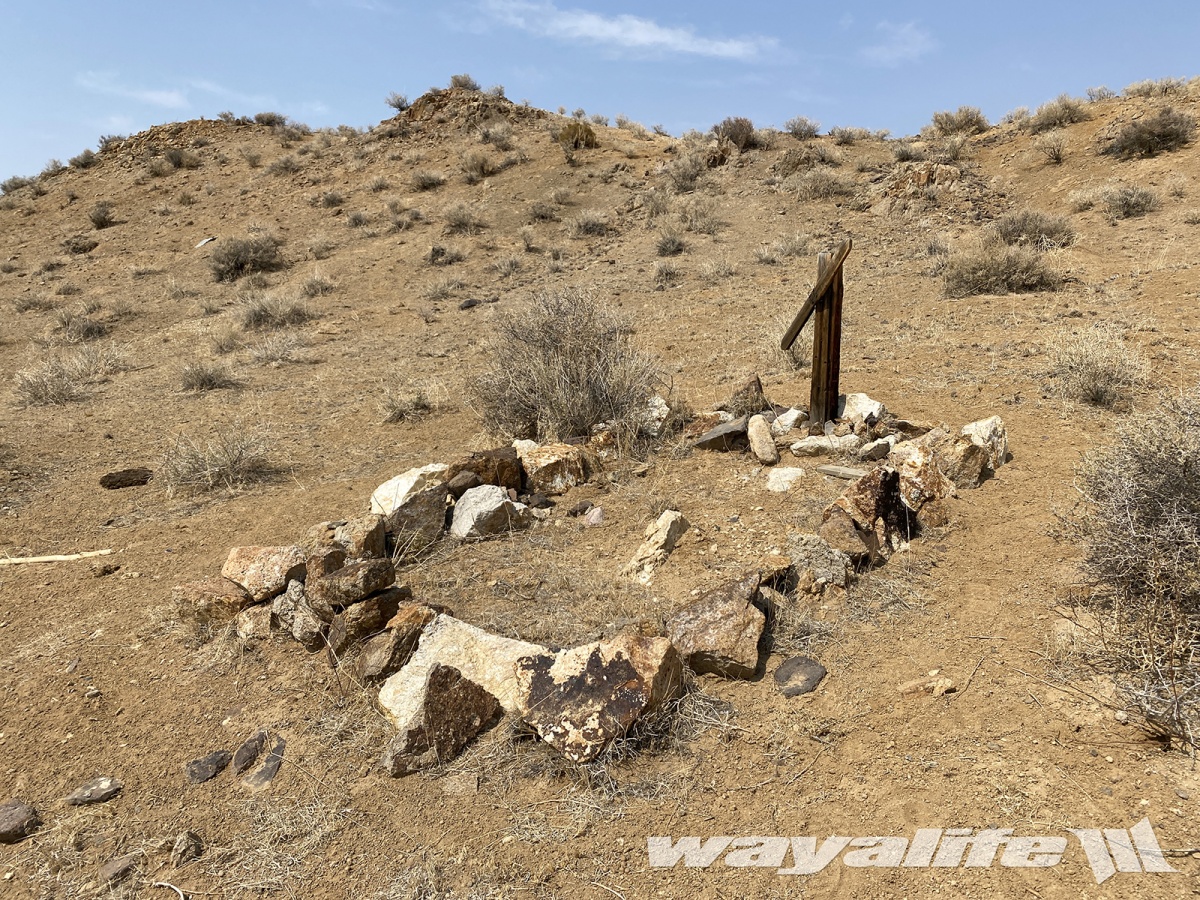
Let the meandering across the nothingness continue.
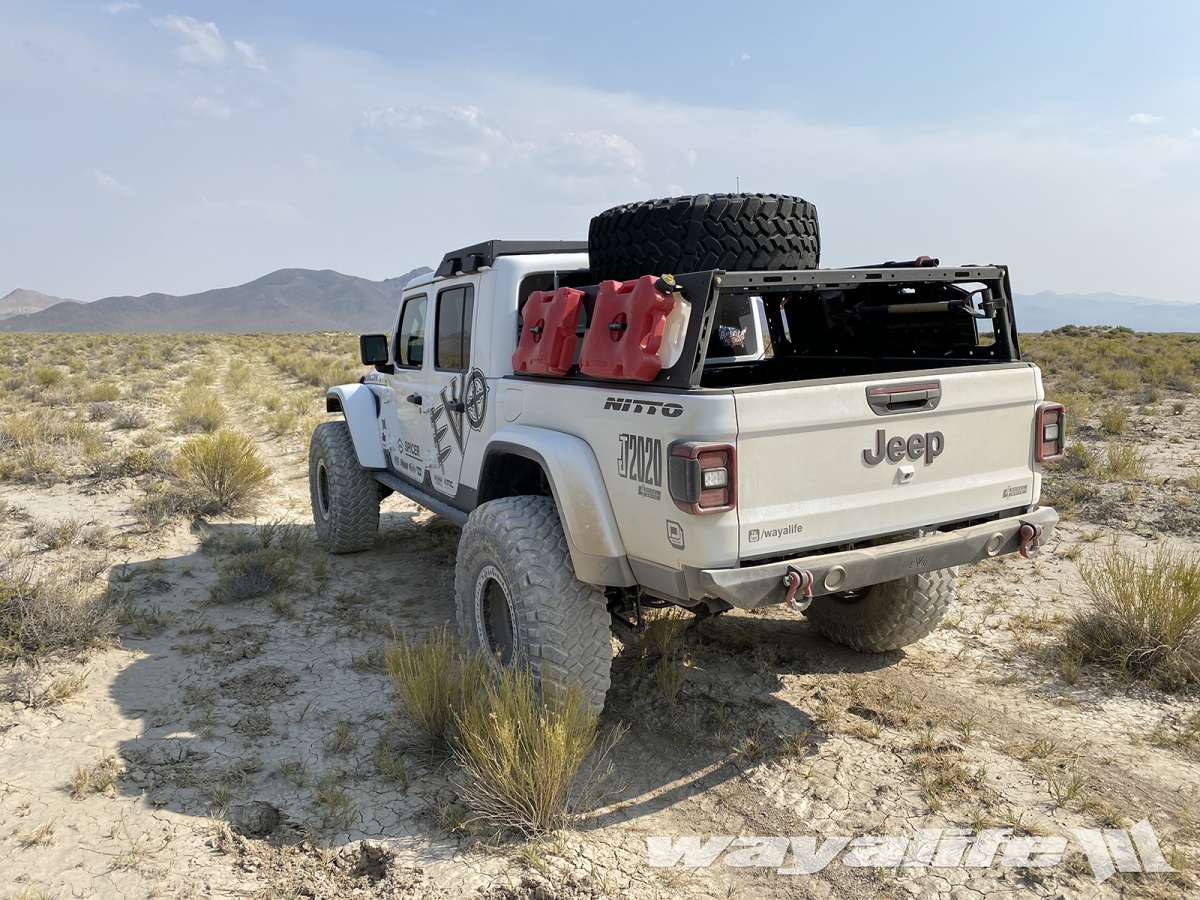
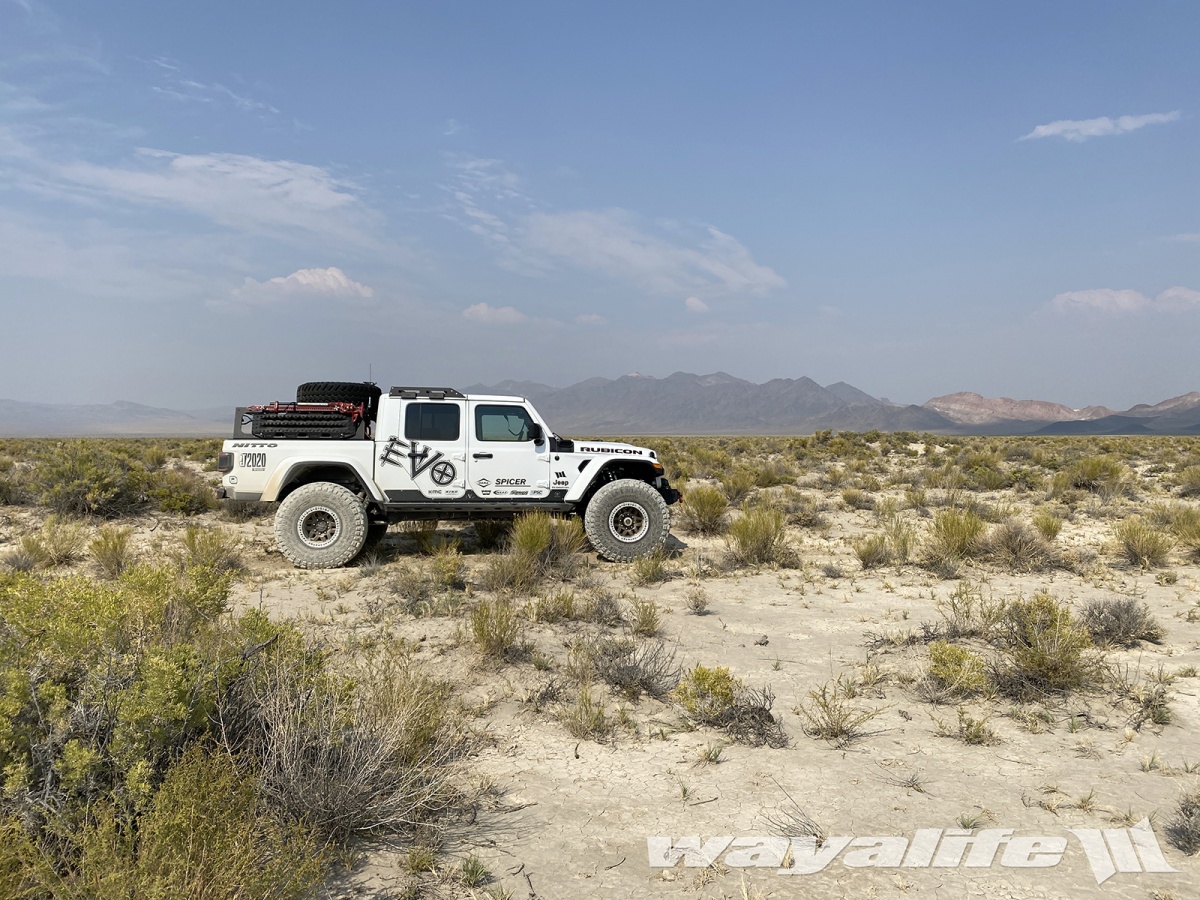
Because water is the key to survival out in the desert, there are a lot of old windmills you can find spread out across it.
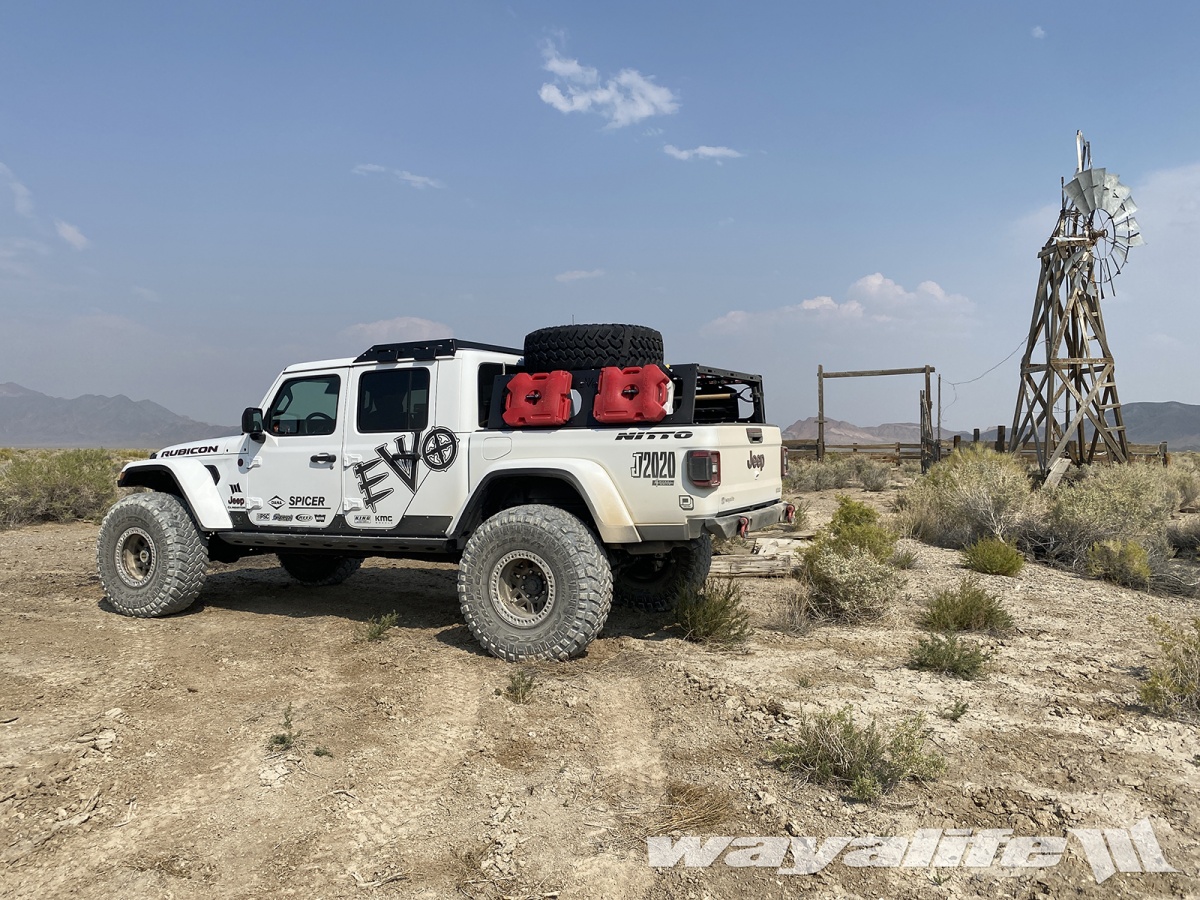
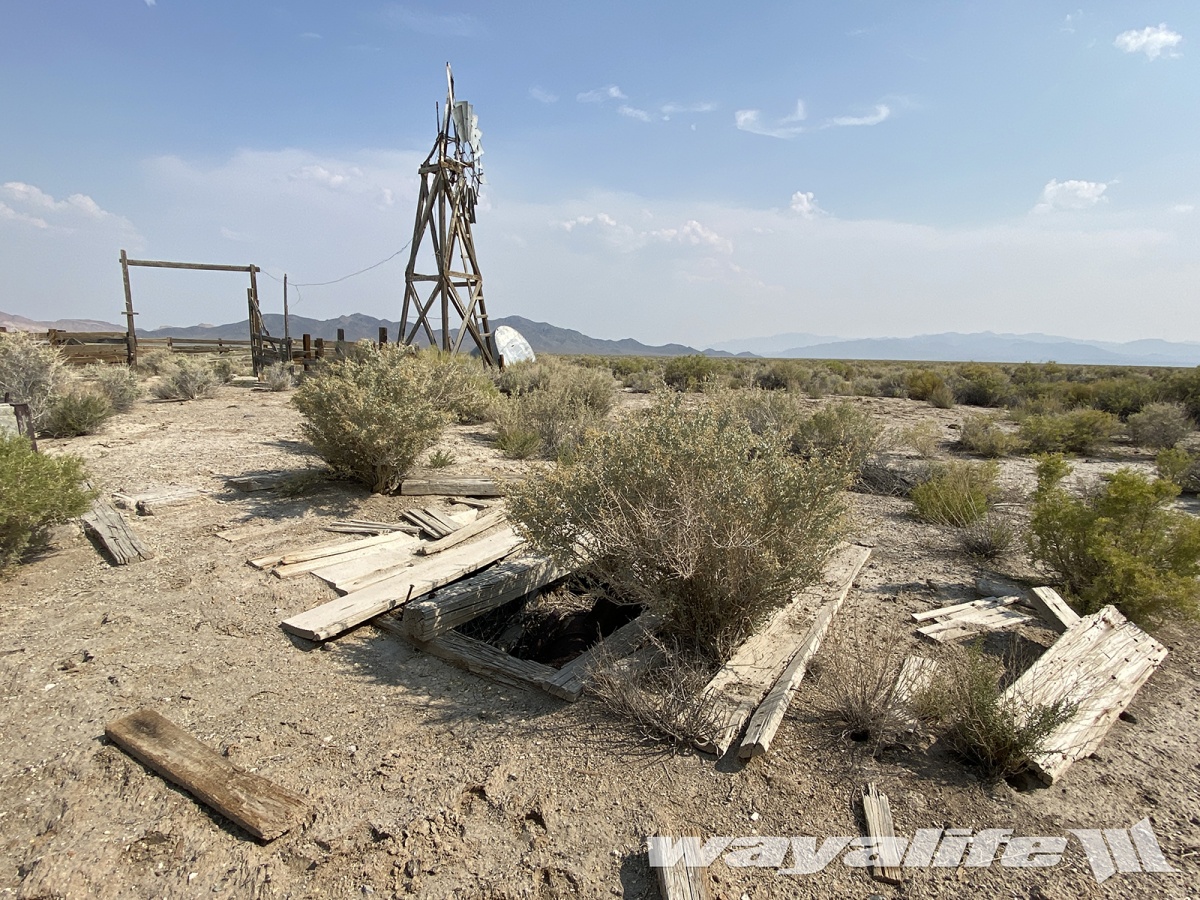
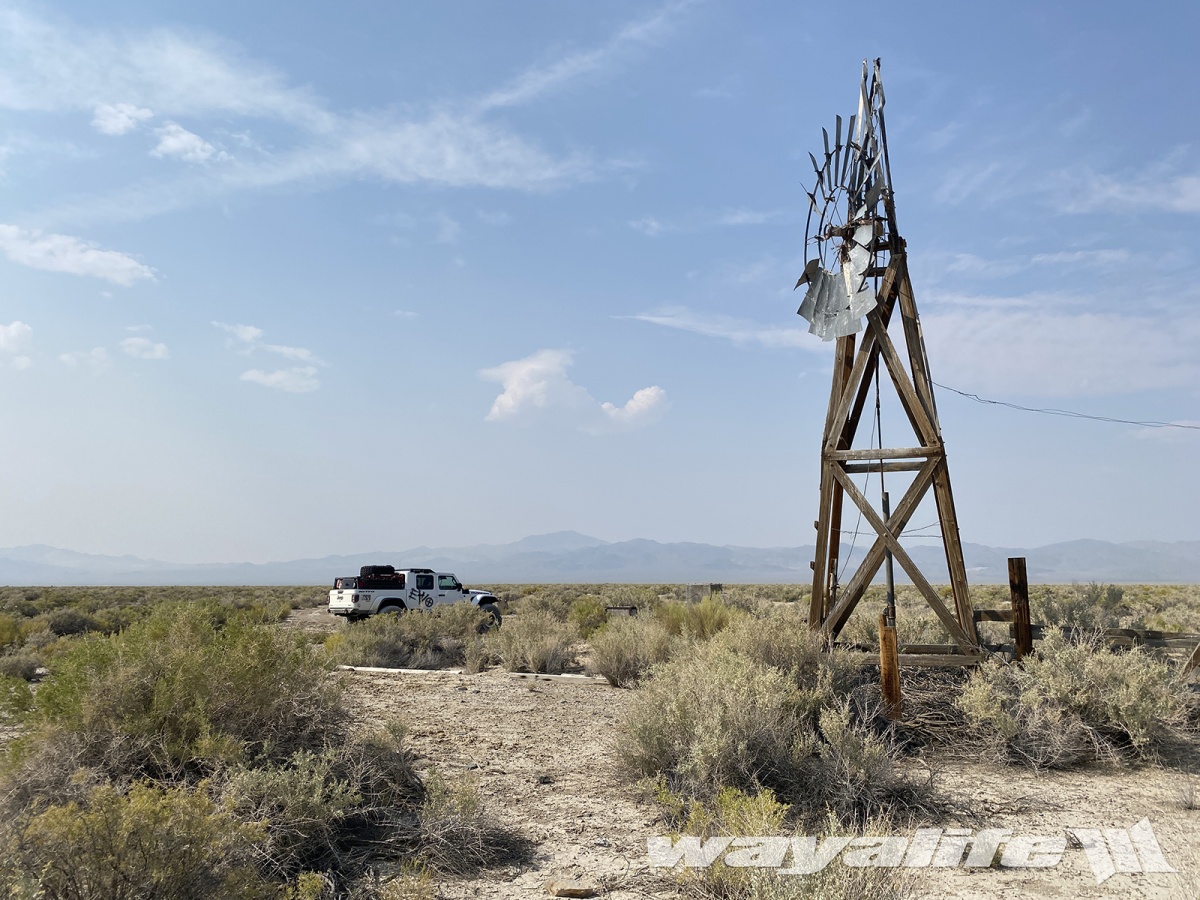
Changing course and heading to the north.
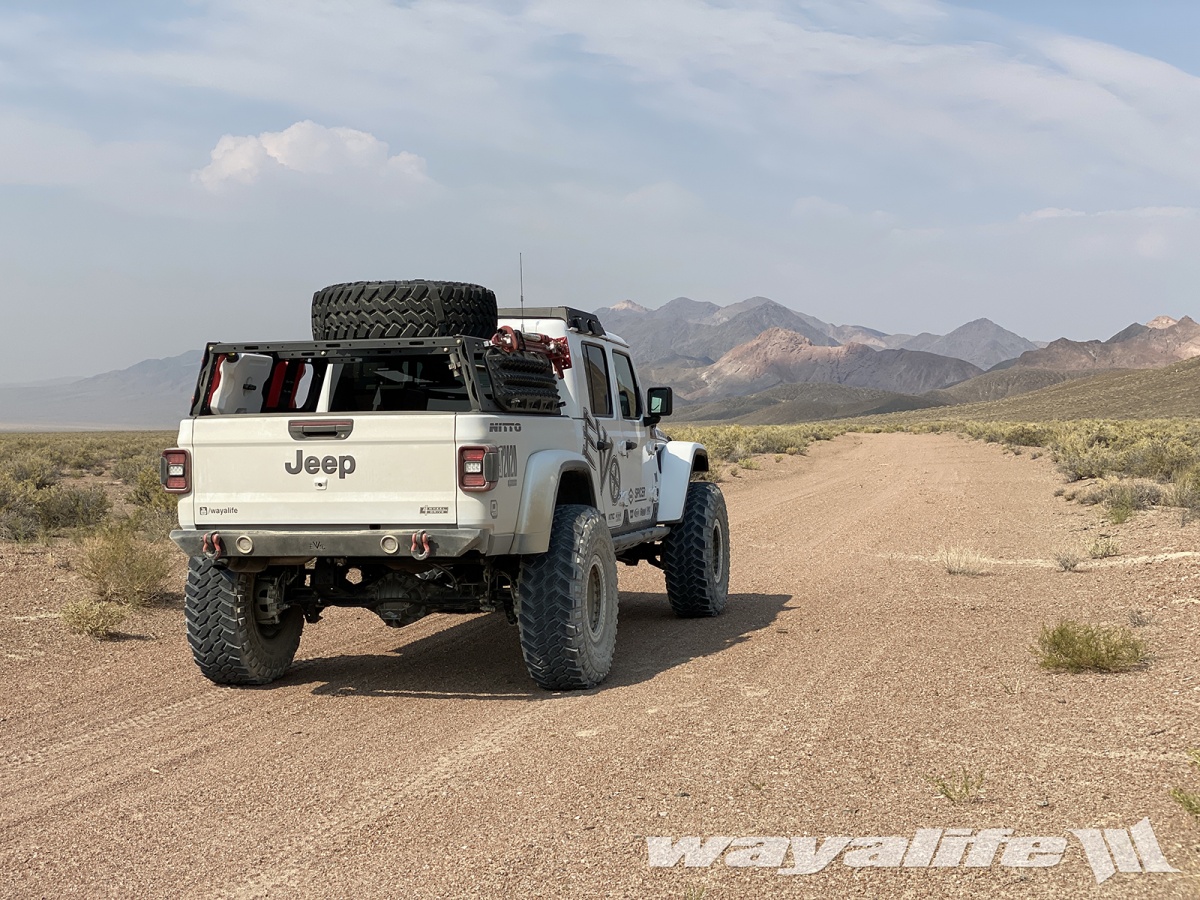
It really never stops amazing me just how much water there is all across the Nevada desert. Granted, most come in the form of hot springs like this.
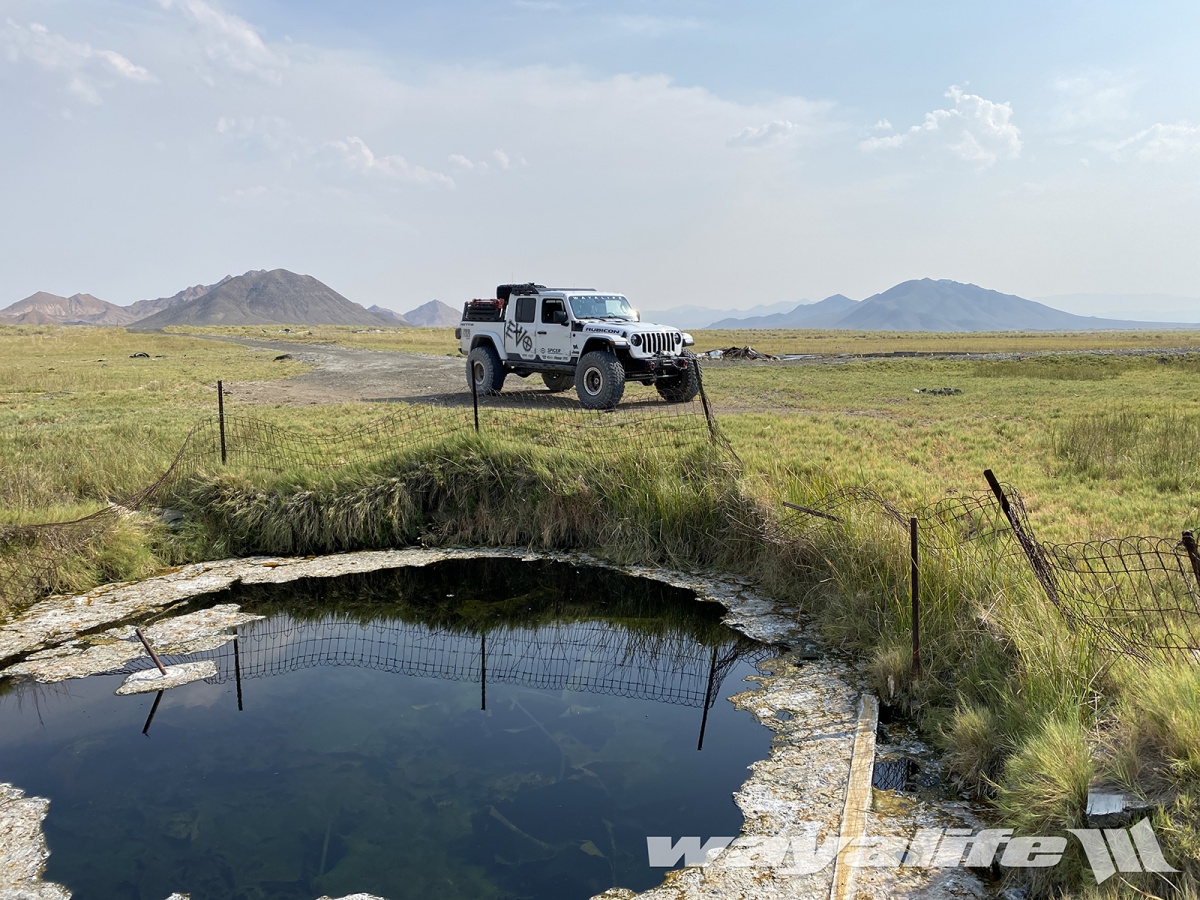
The main spring was crazy hot so cooling ponds were established nearby.

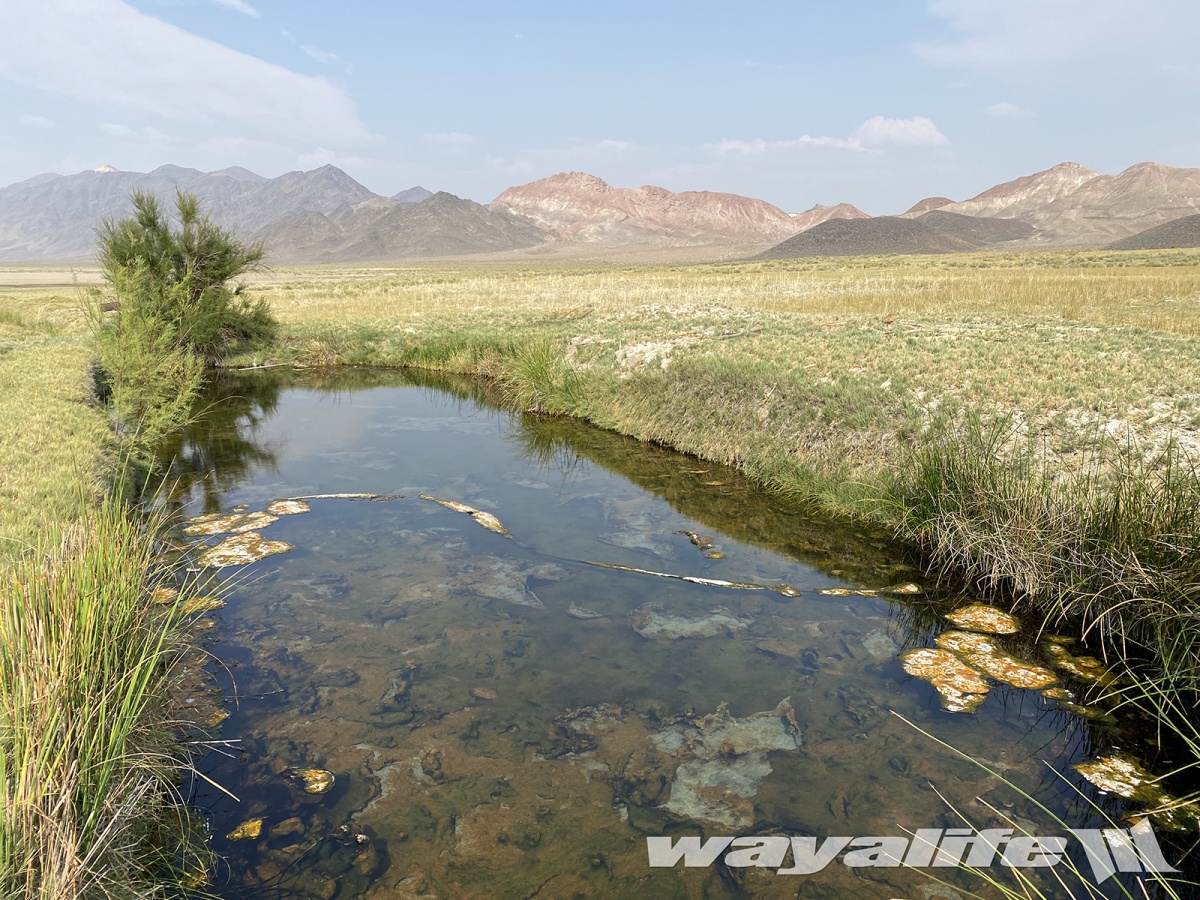
Still quite hot, not much lives in this thing other than bizarre alien like algae.
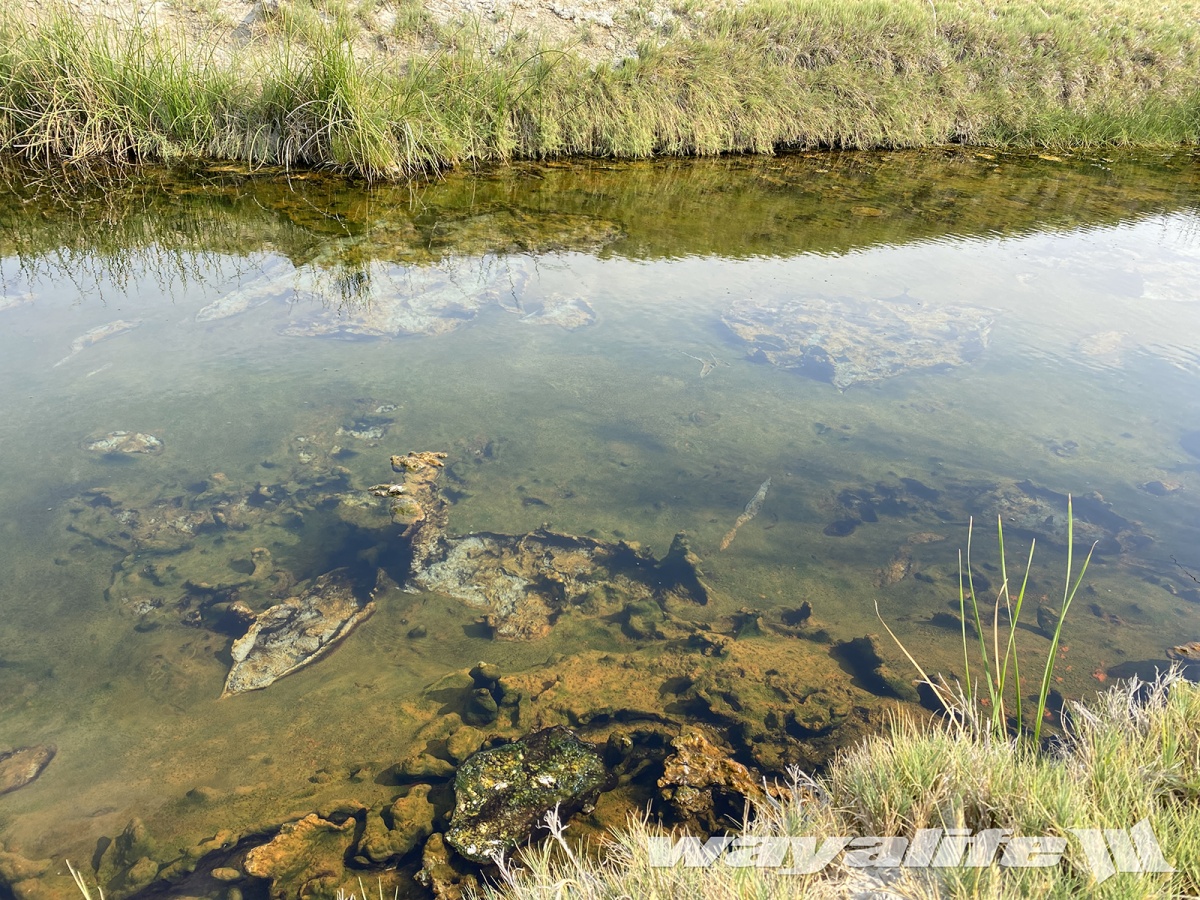
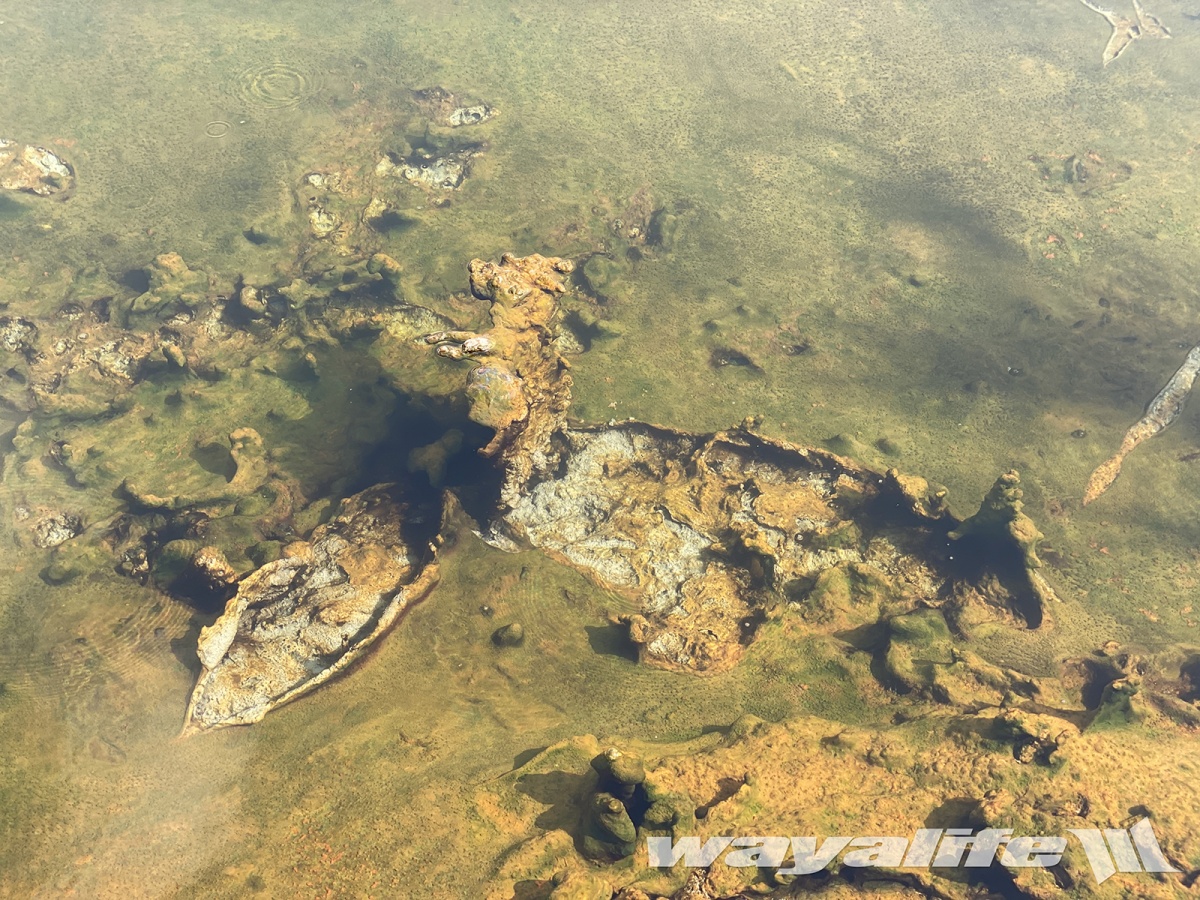
There really is no end to the old mining structures you can find along the way on a trip like this.

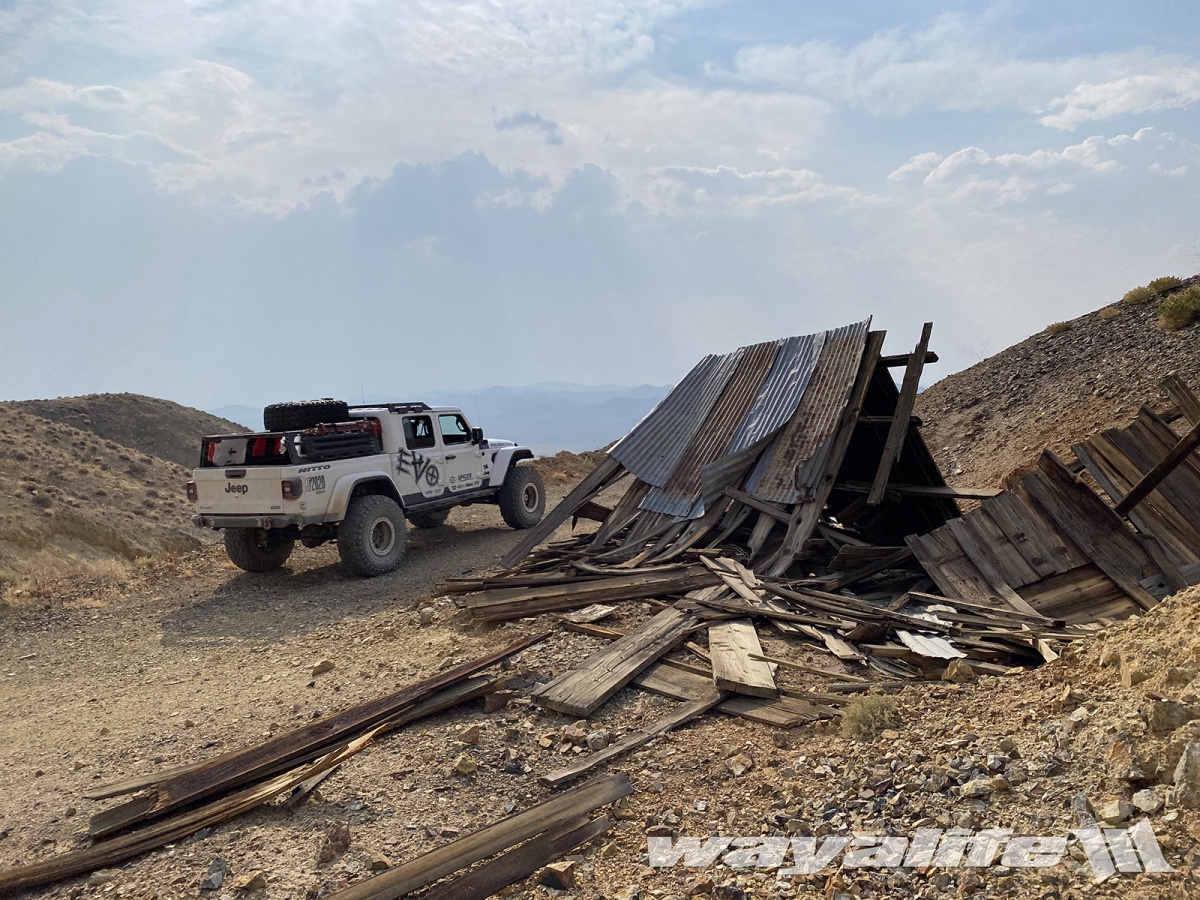
Our final stop on this sanity seeking excursion was to an old mine where Fluorite was discovered back in 1922.
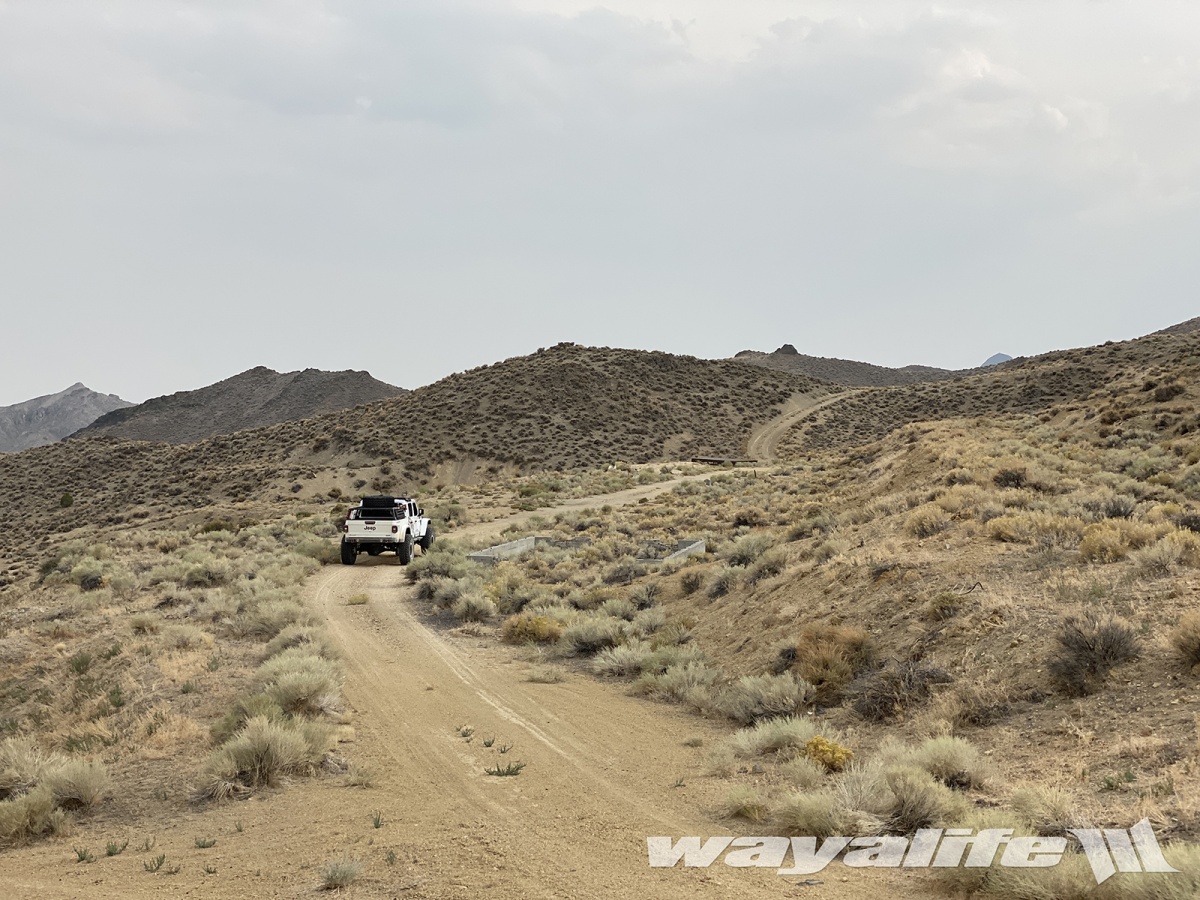
It wouldn't be until 1933 that this mine would really take off and thanks to the demand in fluorspar ore which was used to make steel for the construction of San Francisco's Bay Bridge. Over 50,000 tons of the ore was produced and operations continued here until it ran out in 1957. Today, there is literally nothing left to see other than bulldozed remains of the old mill and caged up tunnels.
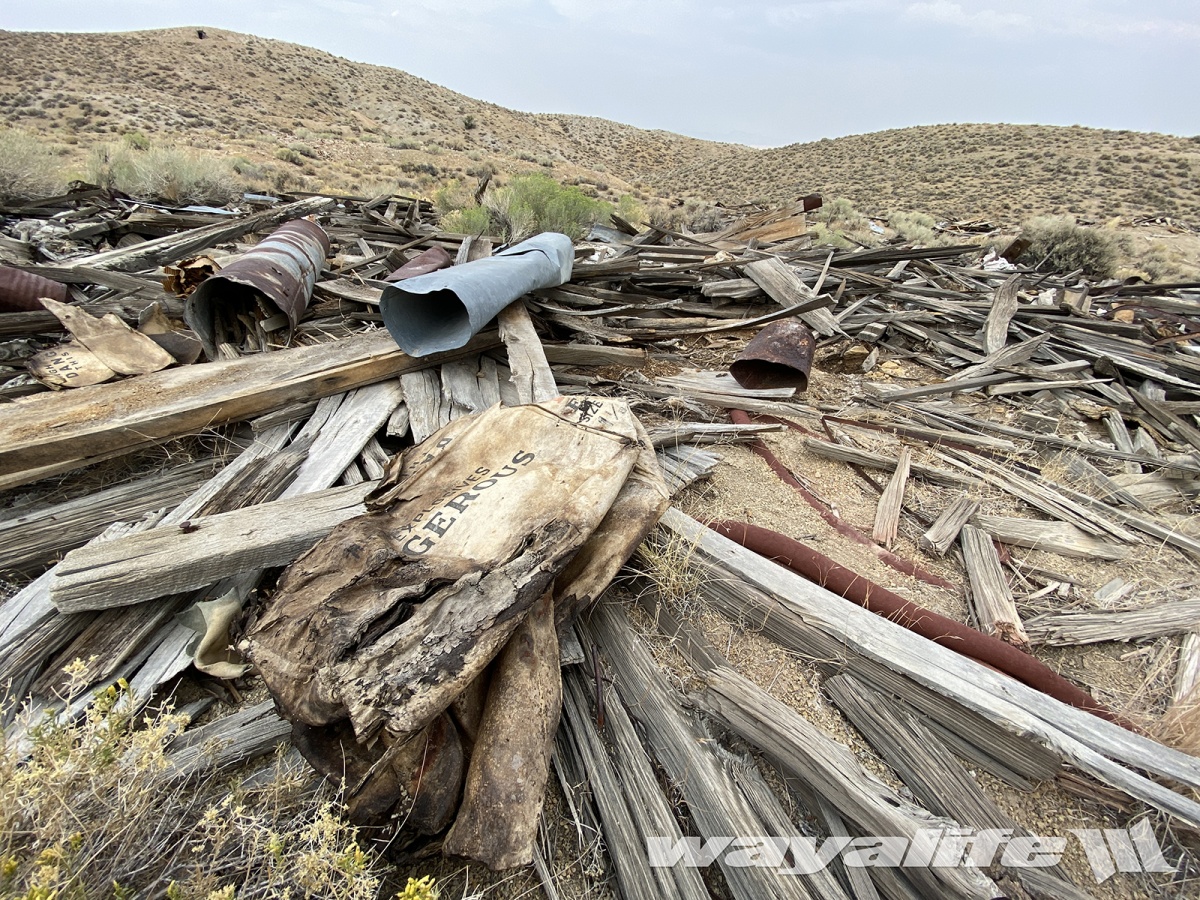
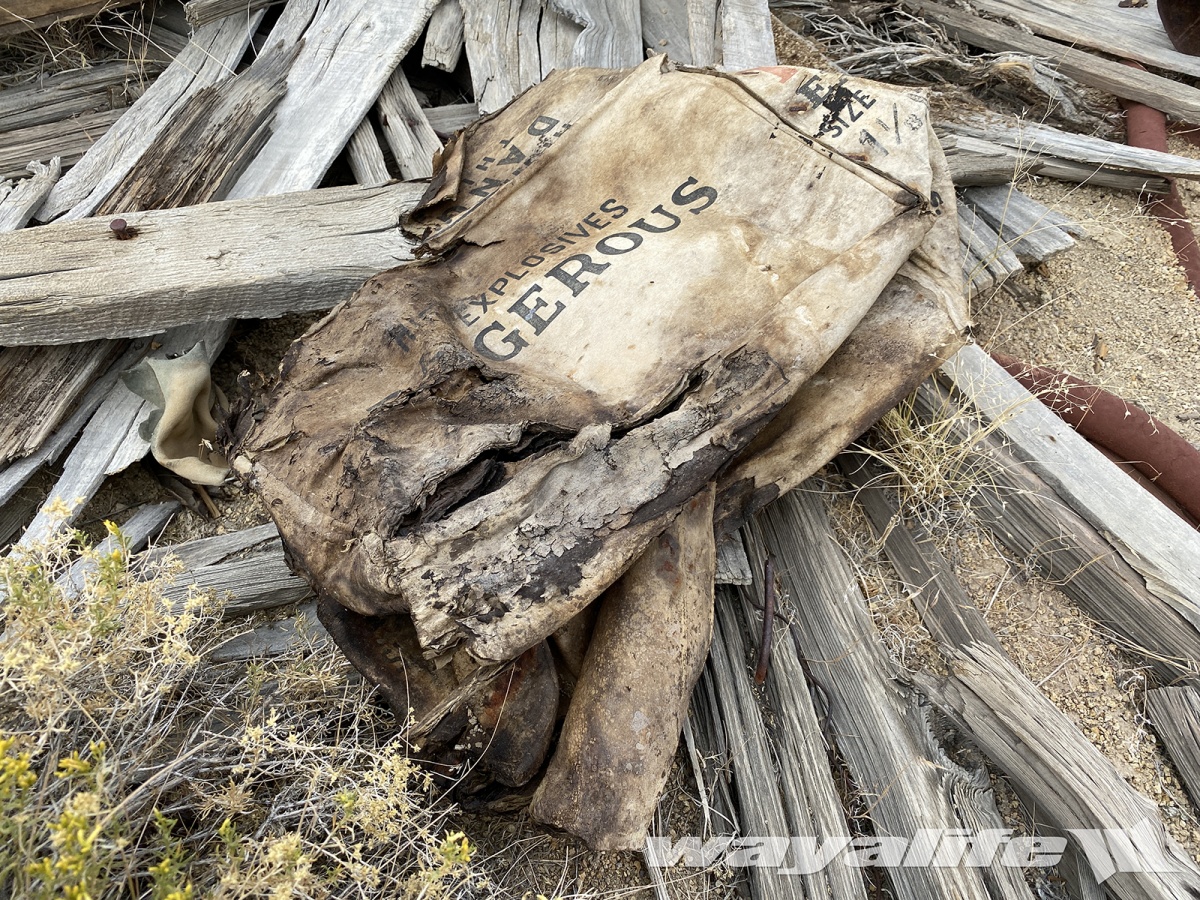
In the near by mining camp, there are a few ruins that you can still explore.
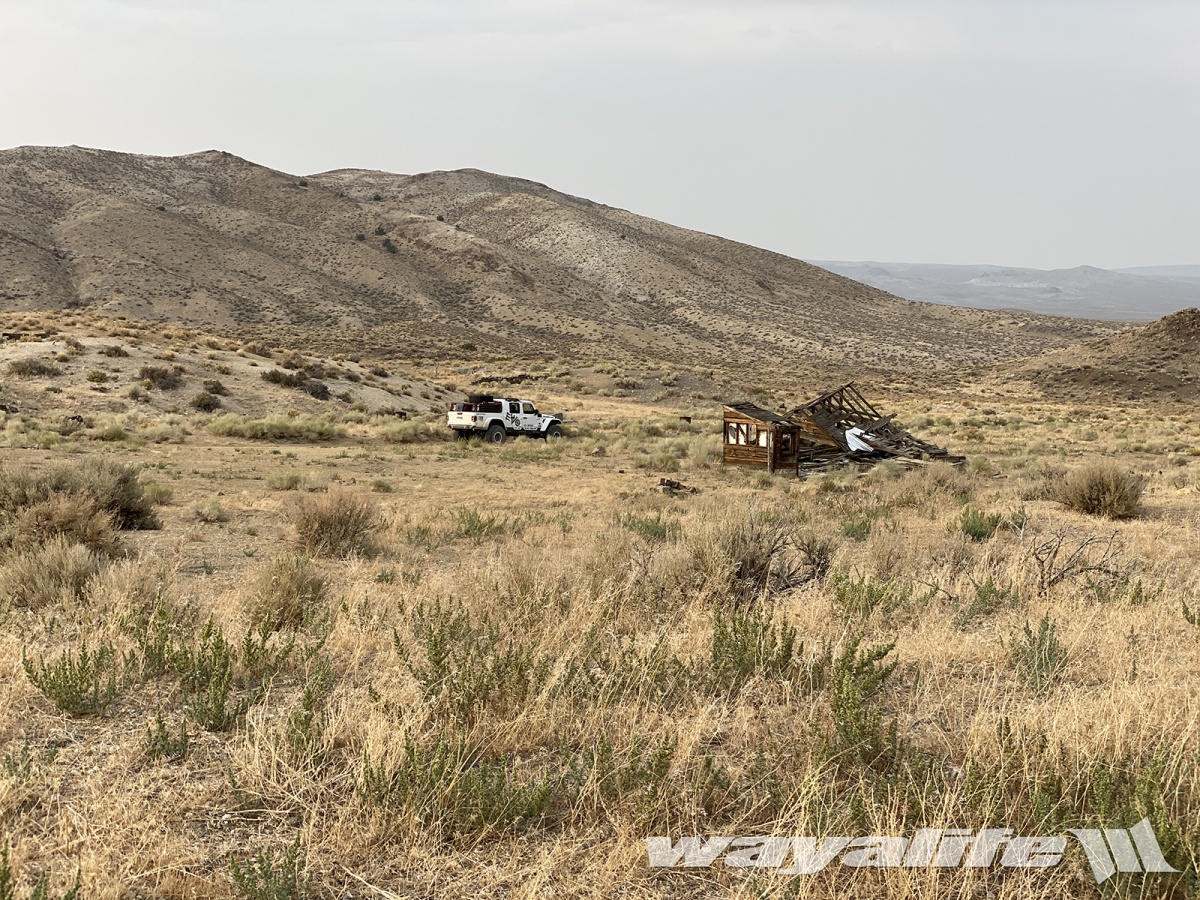
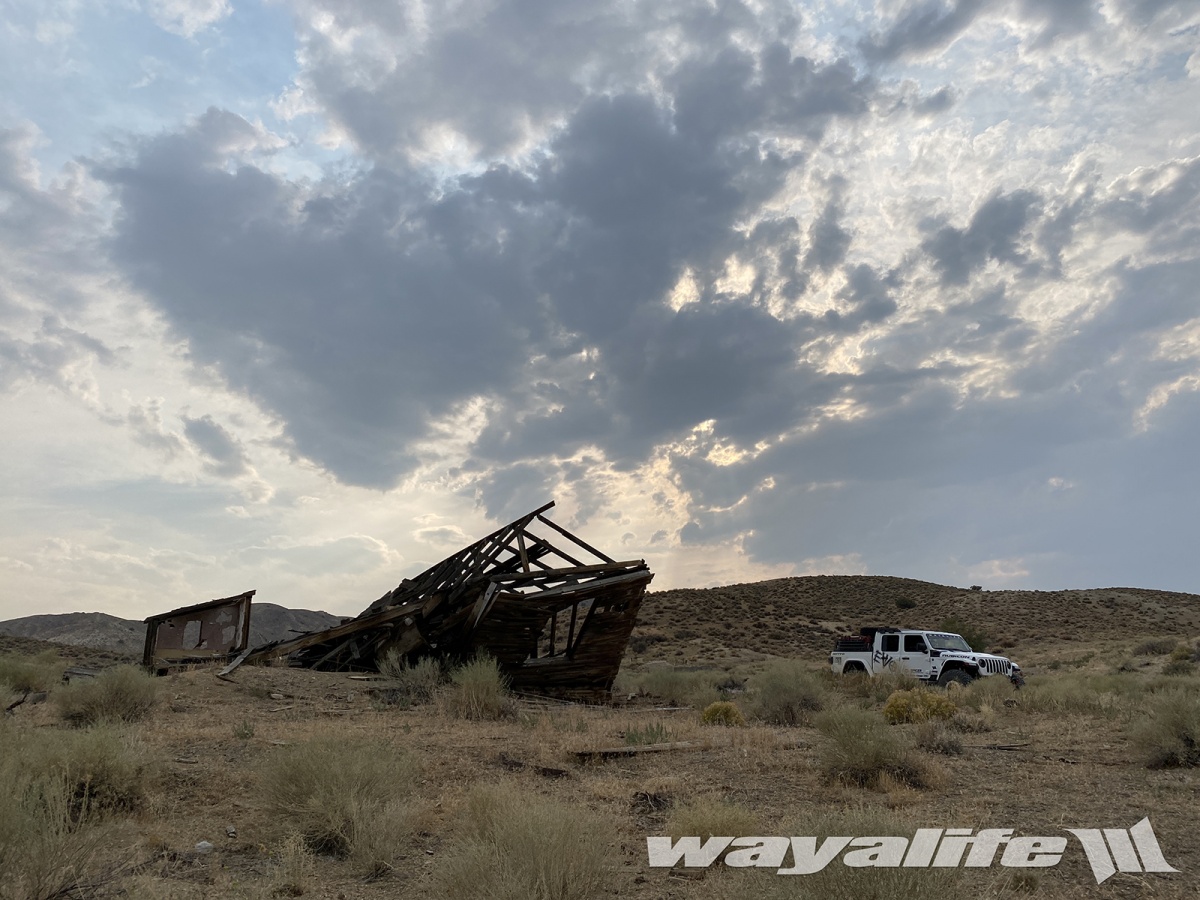

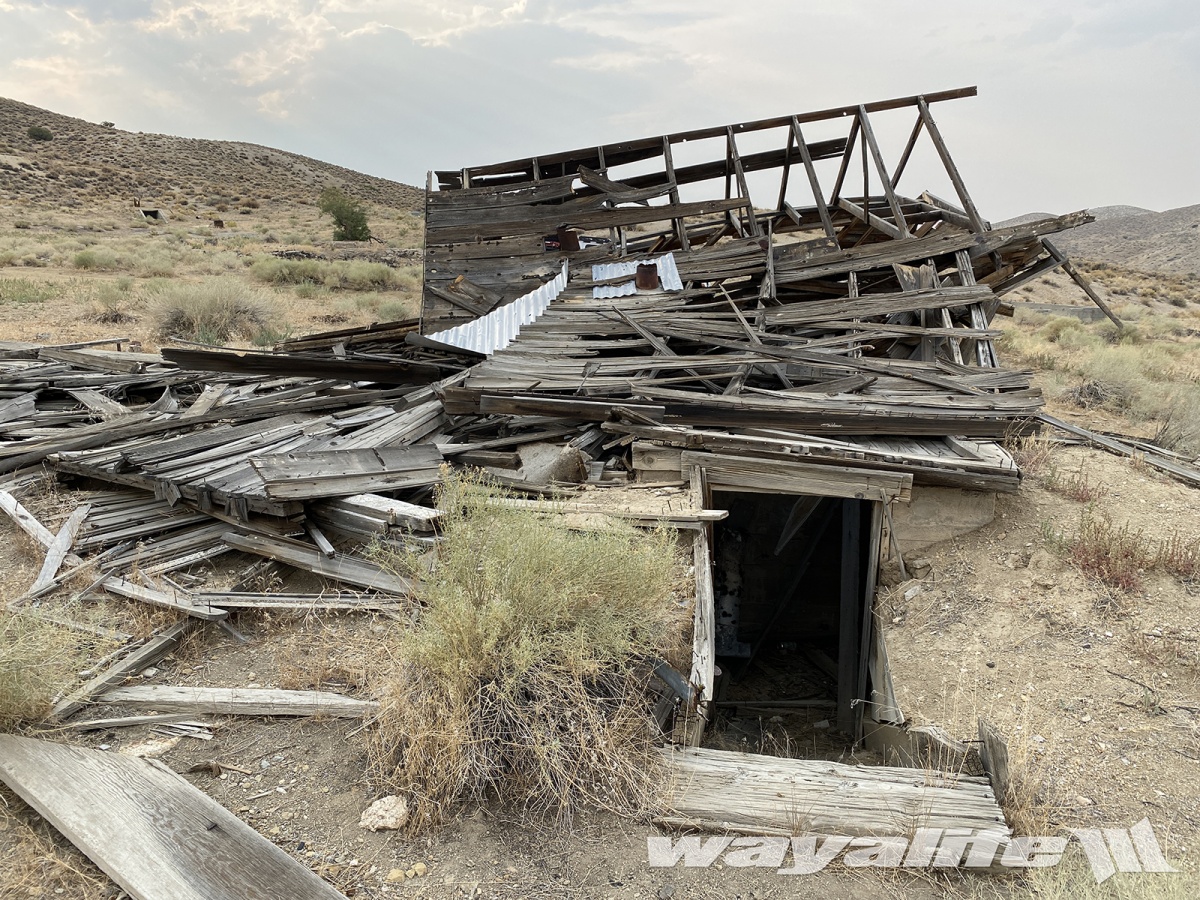
Most of the homes here had some kind of underground cold storage.
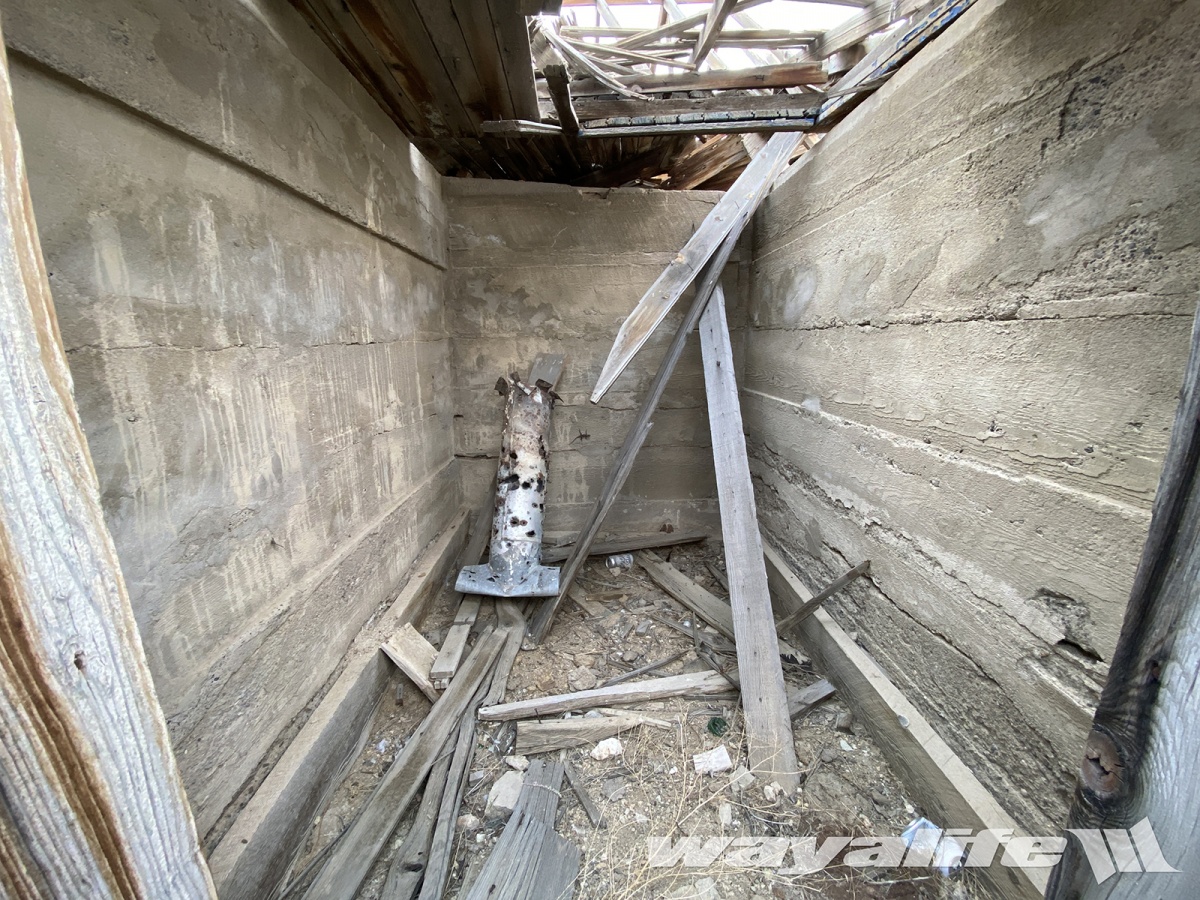
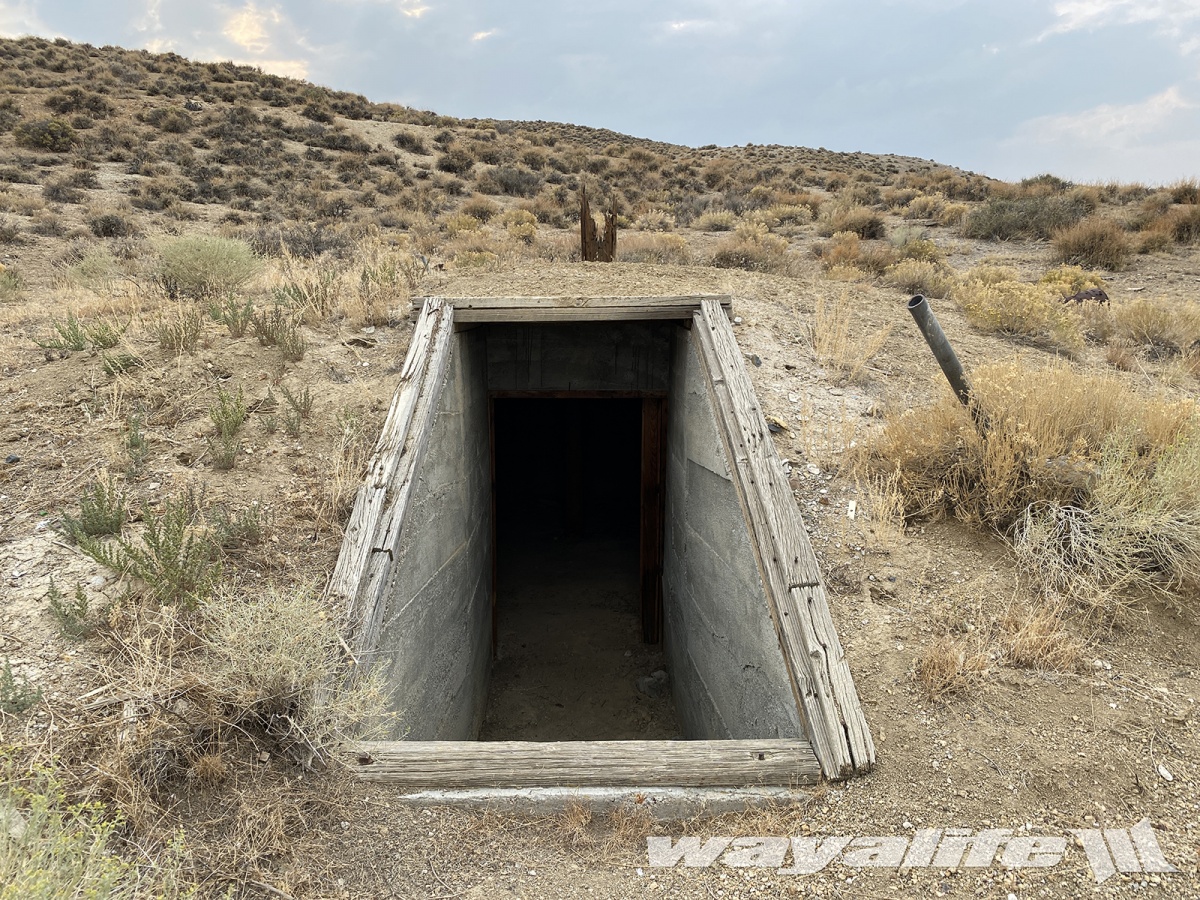
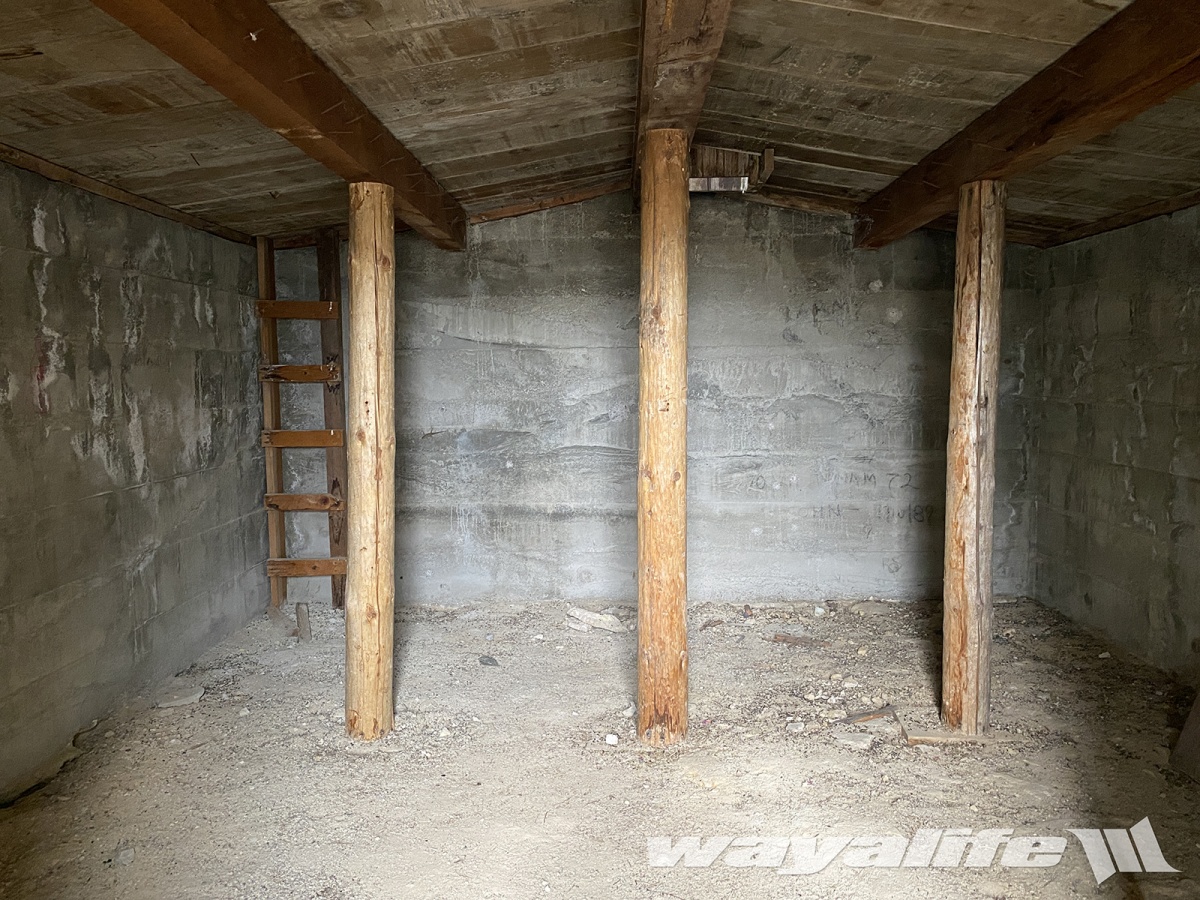
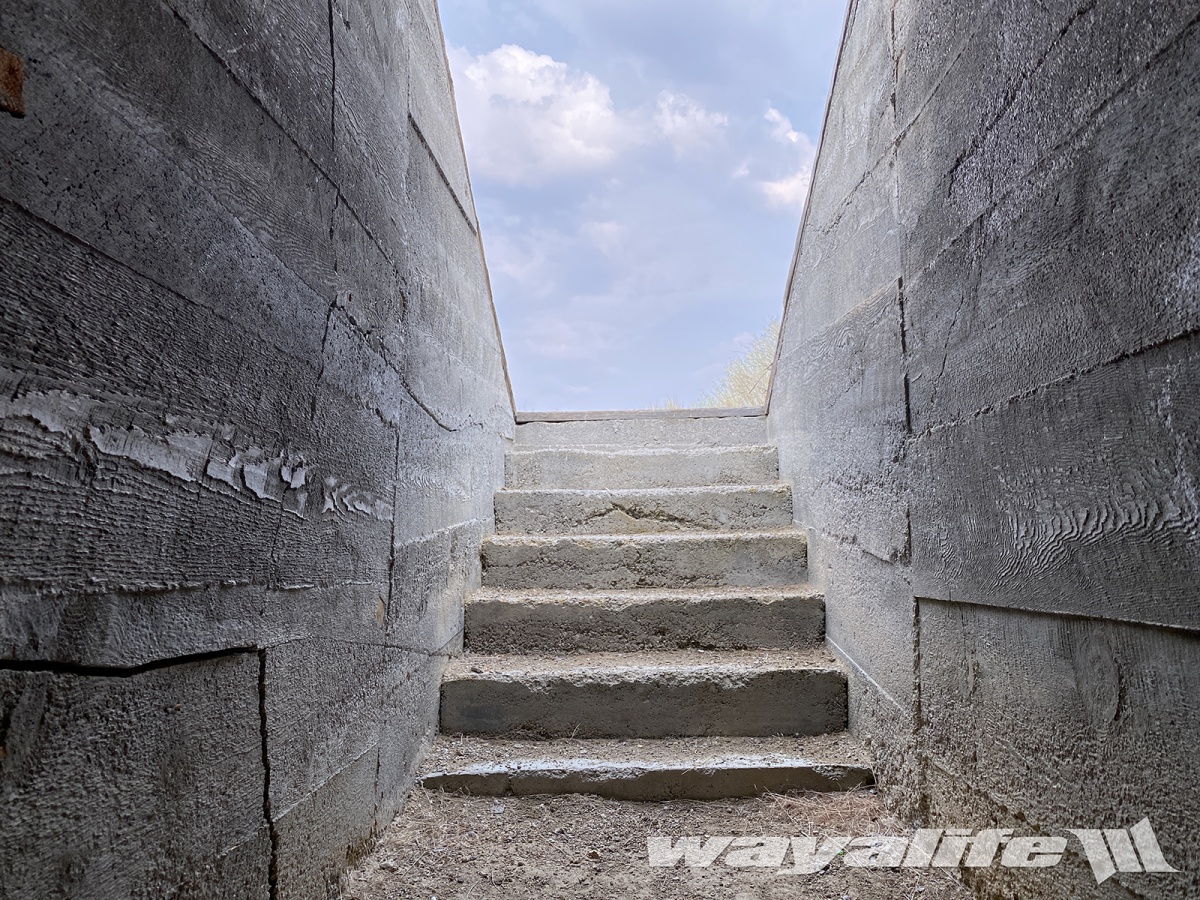
There were even a few cistern we found as well.
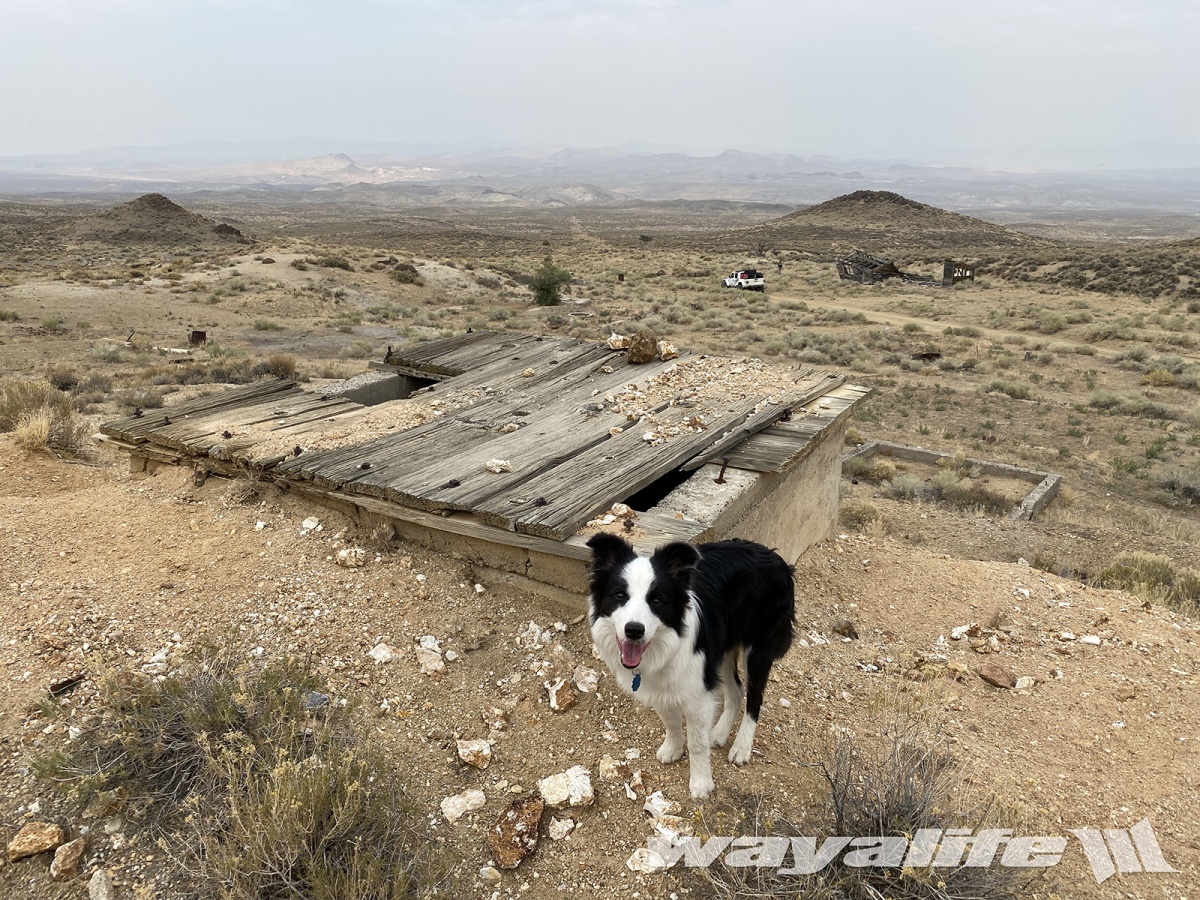
Before heading for home, we took one last look at a series of round planters made of concrete and stone. They were placed in front of an old foundation of a home and if I could guess, they had once contained fruit trees.
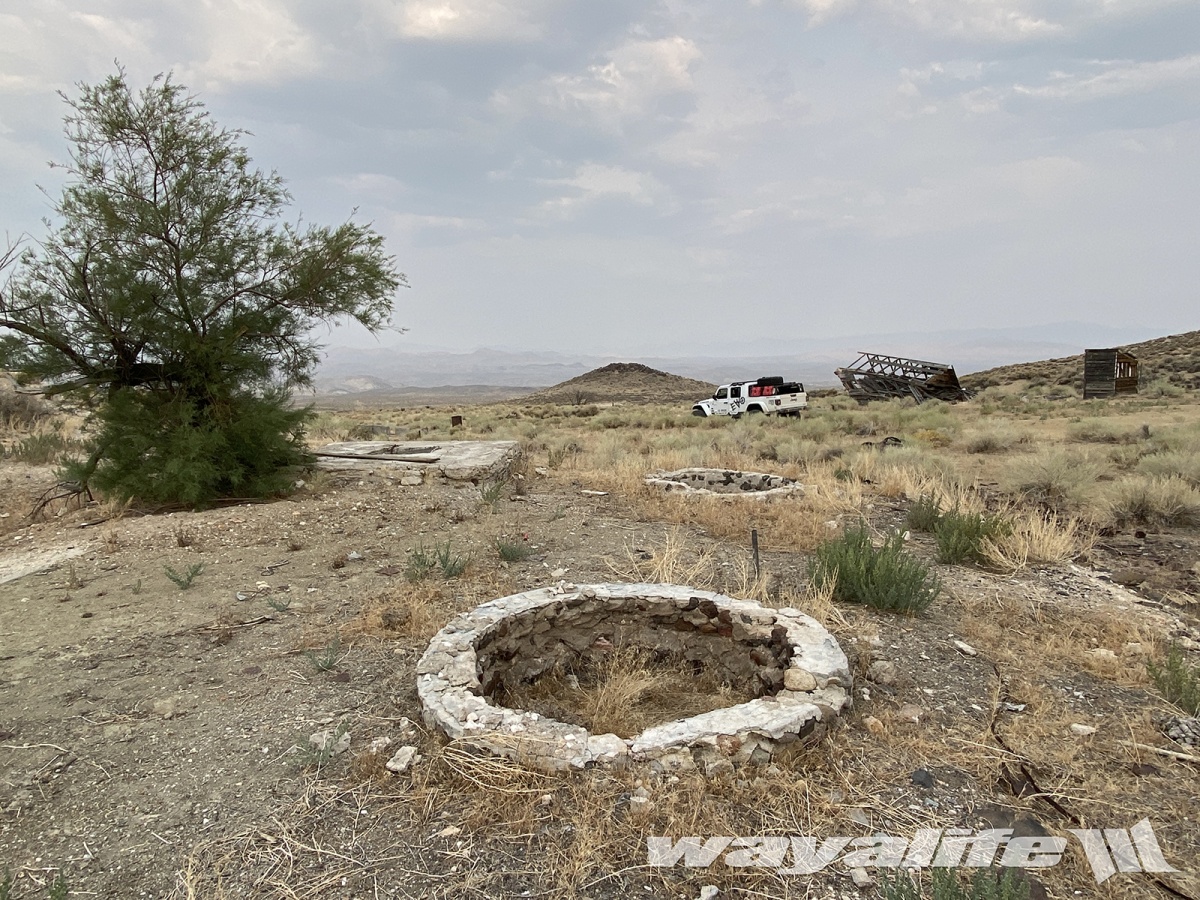
And that was our day! I hope you enjoyed our little meandering from mine to mine.
There had been a route I've been meaning to take for while now and mainly to check out a few mines Cindy and I hadn't been to before.

Here's a shot of us pulling up to the first of them in our Jeep Gladiator.


I always love seeing big old hoppers like this still standing.

Pulling up to the main shaft where a headframe still exists next to a large corrugated steel structure that bears the name of the company that owns it, as well as a very large warning sign across it.


Gold was discovered here back in 1908 and a 450 ft. deep shaft was sunk into the hillside.


Taking a look inside the cabin, it's clearly seen better days.


As was the case with many of the cabins that were built to facilitate miners back in the day, the walls of them were plastered with with old newspapers and magazines pages to help provide insulation. It isn't often that you find one with them still in place and it's always a real treat when you do. It's like walking back into time and I literally could spend hours (and have) looking and reading through these amazing pages of history.

As you can see, most of these clippings are from the 1920's.

This one is my favorite if only because it's in color.

Continuing our trek across the desert, we came across another mining camp with a few cabins in various states of decay.







As many of you know, one of the things that Cindy and I love to do when exploring places like this, it's to go dumpster diving. We love digging through historic trash as it can give you a peek into what life was like back then. Here's base of a bottle we found that was made by the American Bottle Company. Based on the AB logo design, it was made between 1906-1909.

Here's another bottle we found which was also made by the American Bottle Company and based on how the AB Co is written, it was made between 1906-1914.

Now, this was an interesting bottle in that the base of it was stamped with WF&S MIL. This means it was made by Northern Glass Works between 1896-1900. This is an earlier date than what we had been seeing and by almost a decade.

However, this was the bottle that really caught my eye. As you can see, the base is stamped with an S&S. I don't know how this bottle got here but if what I understand is correct, this would mean the bottle was made by Stebbins & Stebbins (Coventry Glass Works) and way back in 1825.

In addition to the base of bottles, we also found a nice button made out of shell and a catch for a pair of suspenders.

On to see what we can find next.

Although most of what we were seeing was entirely new to us, the area we were in wasn't. And, as we worked our way across the valley, we made a stop at a familiar destination, the Car Frame windmill.

Of course, the water is more for these guys than anyone else these days.

Pushing forward, we meandered our way to cool little ghost town that a Boy Scout troop in the nearest community adopted and still use on a regular basis for outings.

Cinnabar ore (the chief ore mineral of mercury) was discovered here in 1929 and development of the mine here continued on a small scale until about 1944.


A very cool place to visit and if it's available, one that we might have to camp at someday.



Surprisingly clean cabins.


Paying our respects to the final long term resident of this town.

Let the meandering across the nothingness continue.


Because water is the key to survival out in the desert, there are a lot of old windmills you can find spread out across it.



Changing course and heading to the north.

It really never stops amazing me just how much water there is all across the Nevada desert. Granted, most come in the form of hot springs like this.

The main spring was crazy hot so cooling ponds were established nearby.


Still quite hot, not much lives in this thing other than bizarre alien like algae.


There really is no end to the old mining structures you can find along the way on a trip like this.


Our final stop on this sanity seeking excursion was to an old mine where Fluorite was discovered back in 1922.

It wouldn't be until 1933 that this mine would really take off and thanks to the demand in fluorspar ore which was used to make steel for the construction of San Francisco's Bay Bridge. Over 50,000 tons of the ore was produced and operations continued here until it ran out in 1957. Today, there is literally nothing left to see other than bulldozed remains of the old mill and caged up tunnels.


In the near by mining camp, there are a few ruins that you can still explore.




Most of the homes here had some kind of underground cold storage.




There were even a few cistern we found as well.

Before heading for home, we took one last look at a series of round planters made of concrete and stone. They were placed in front of an old foundation of a home and if I could guess, they had once contained fruit trees.

And that was our day! I hope you enjoyed our little meandering from mine to mine.
